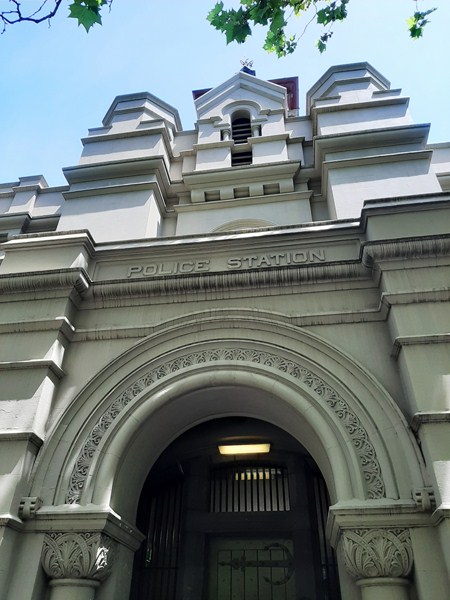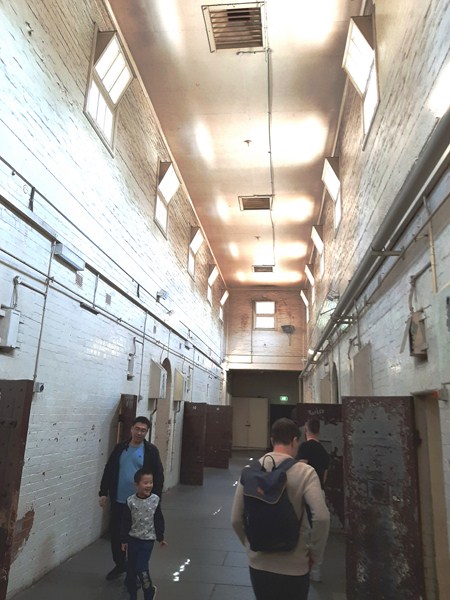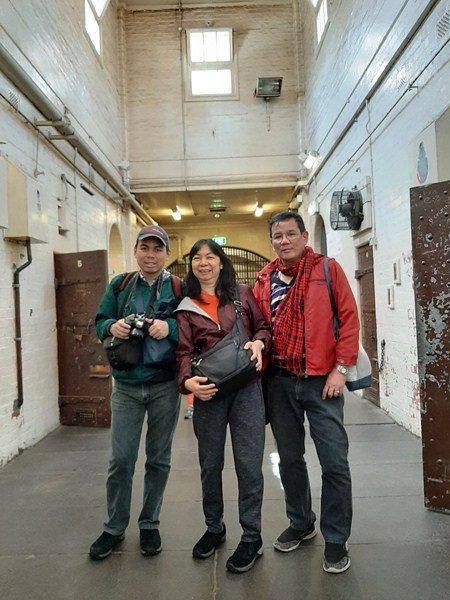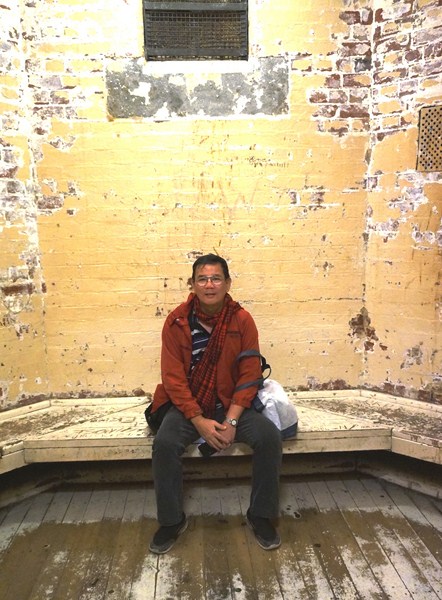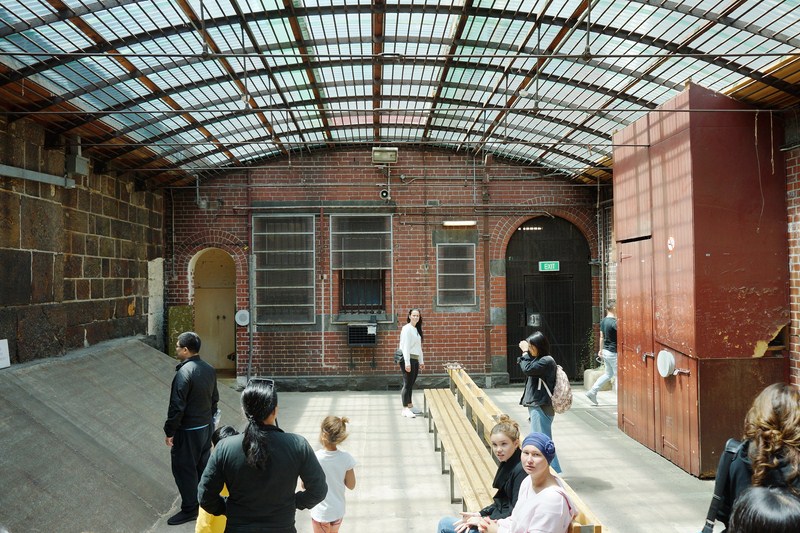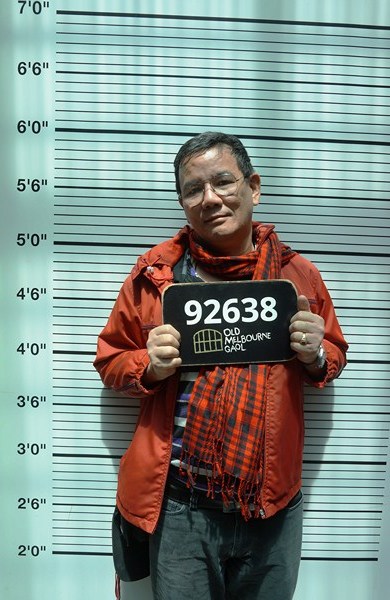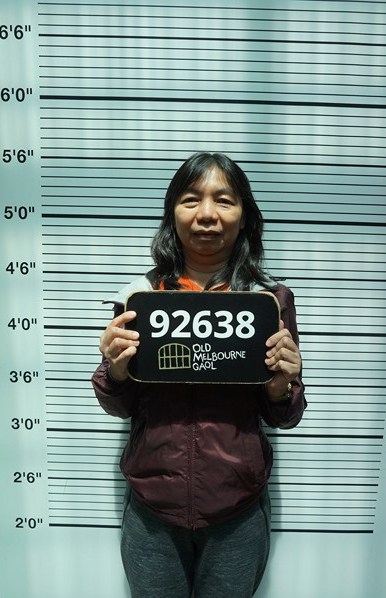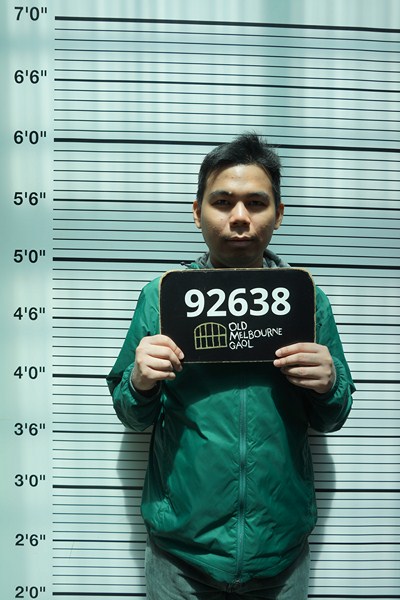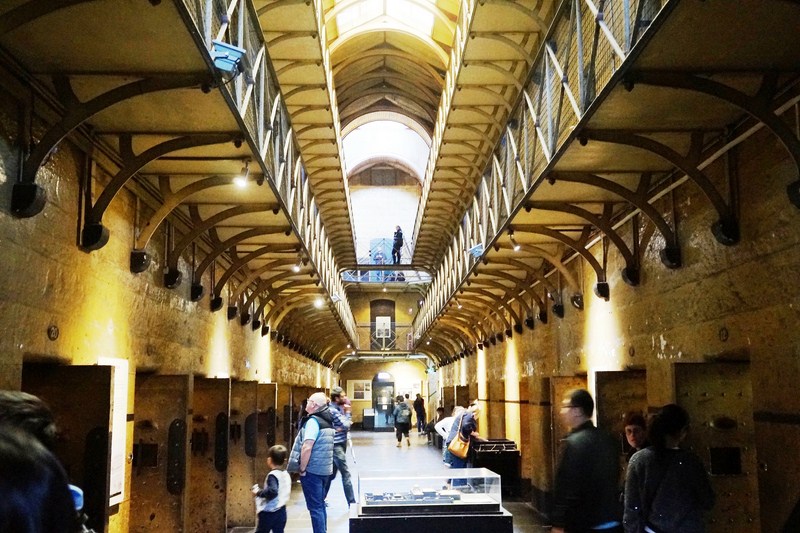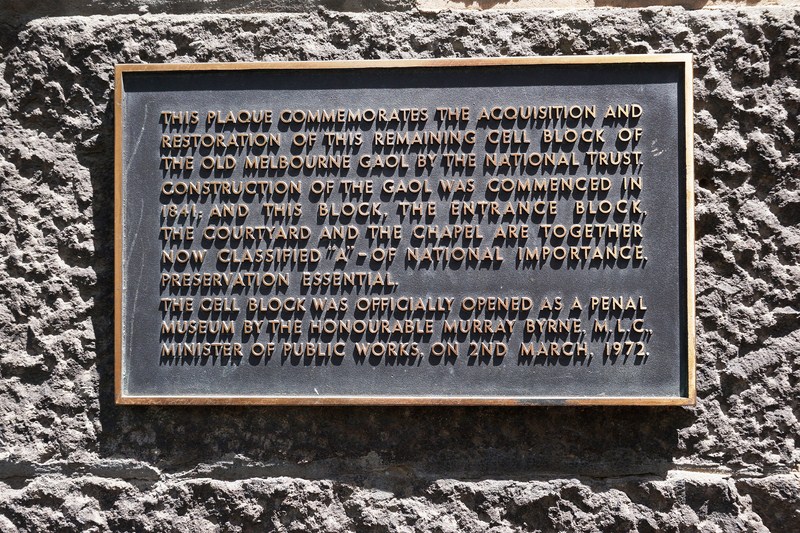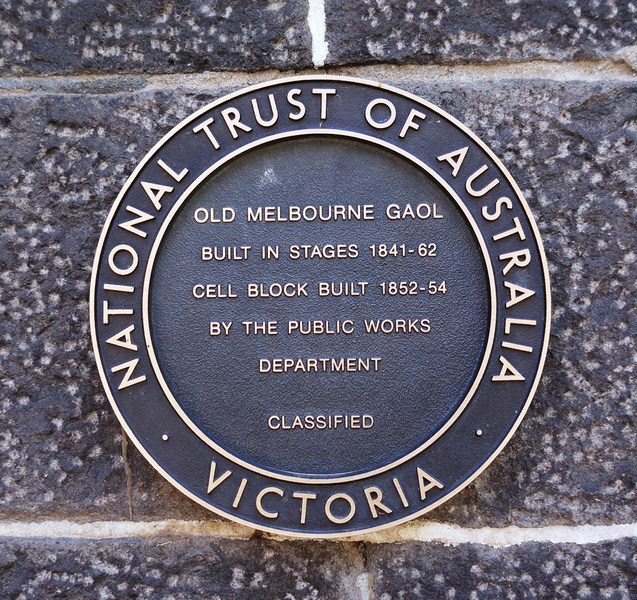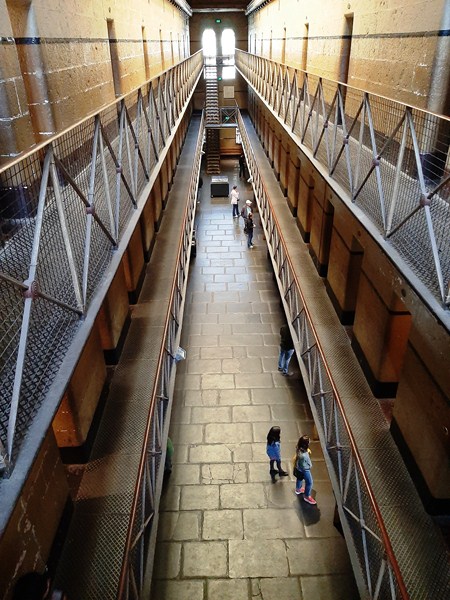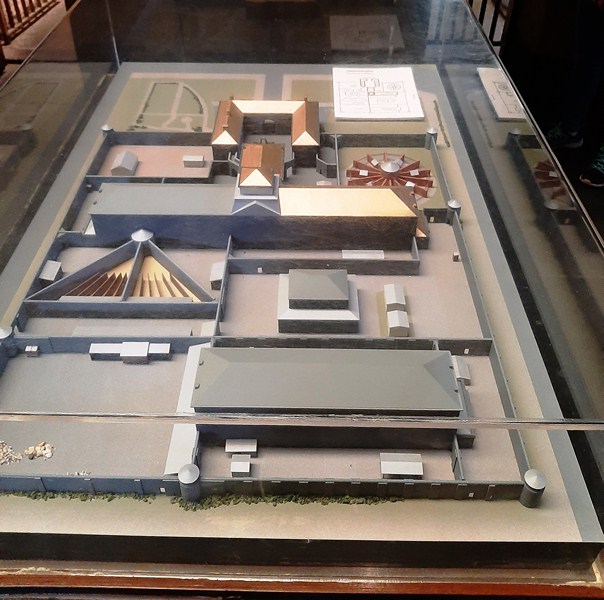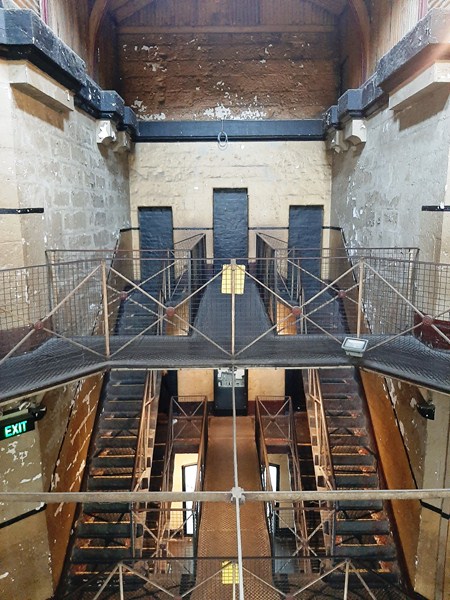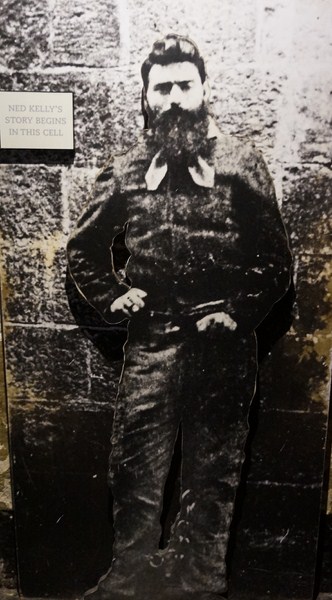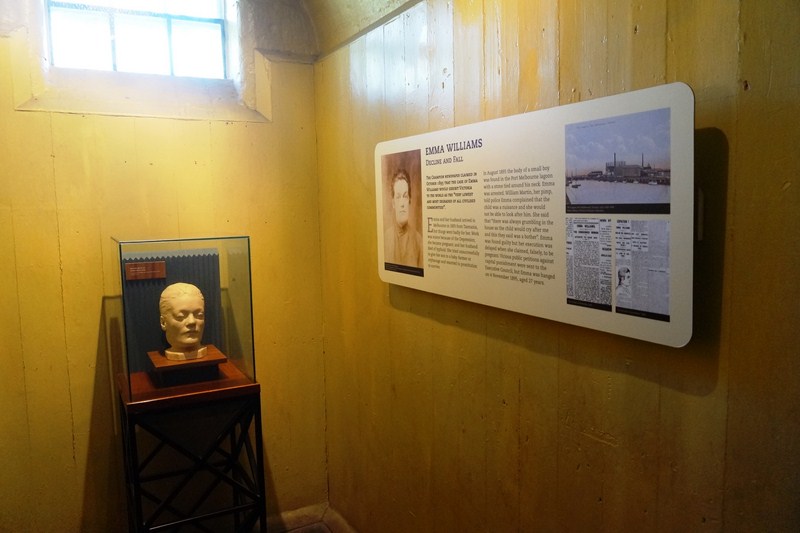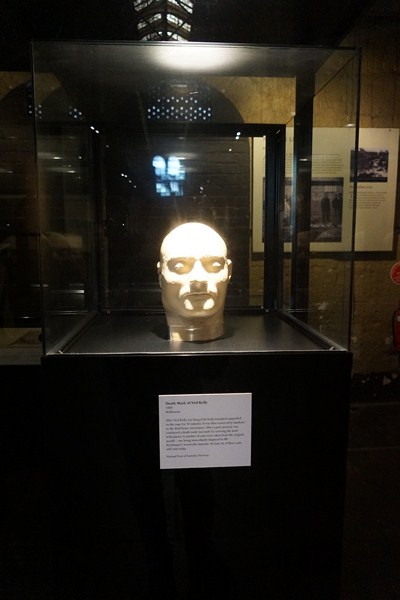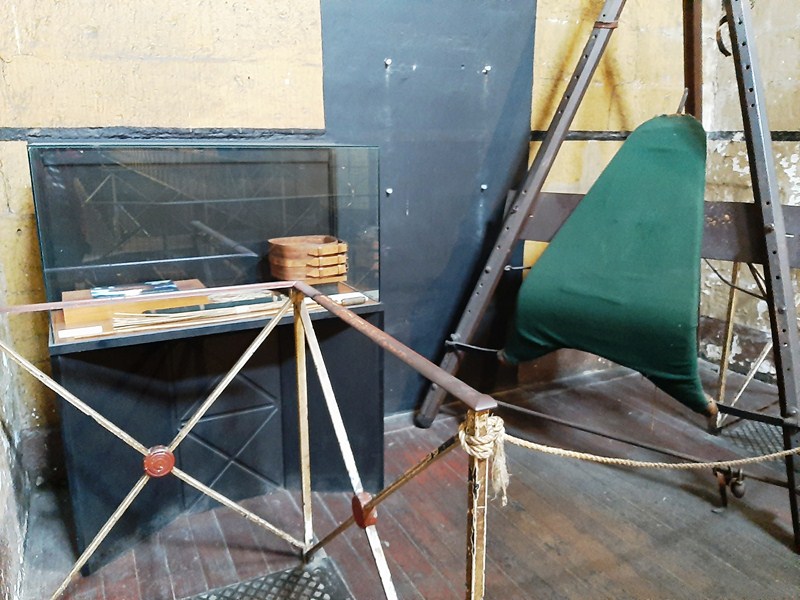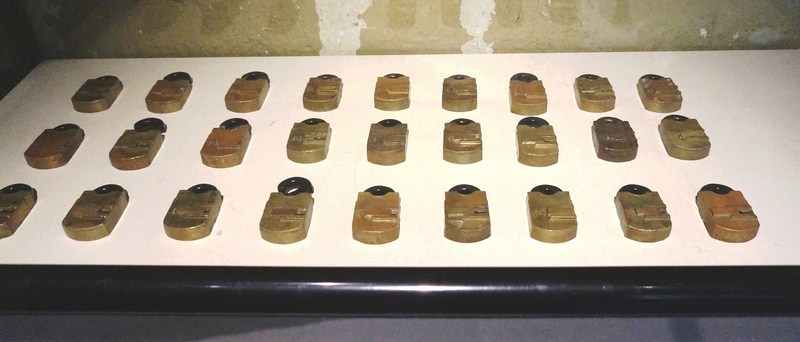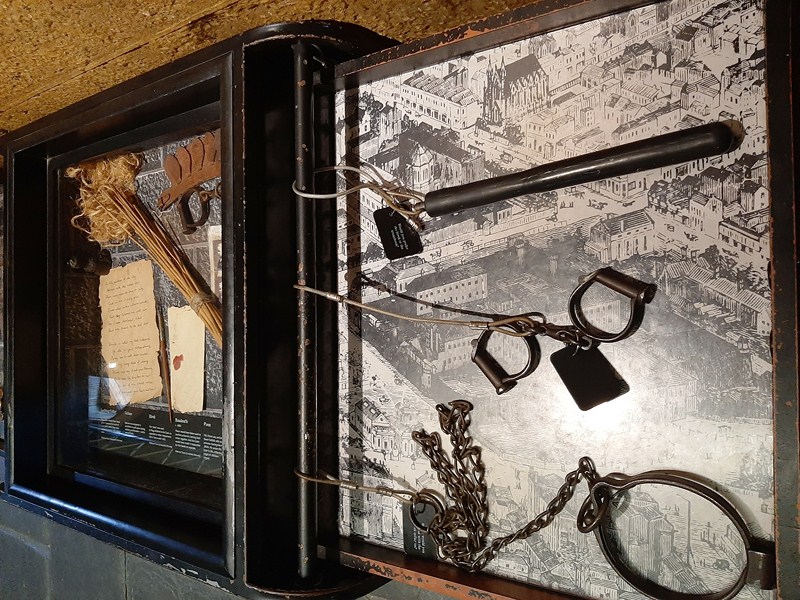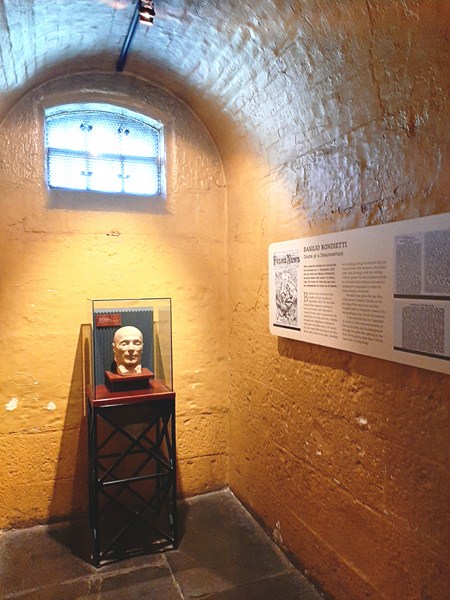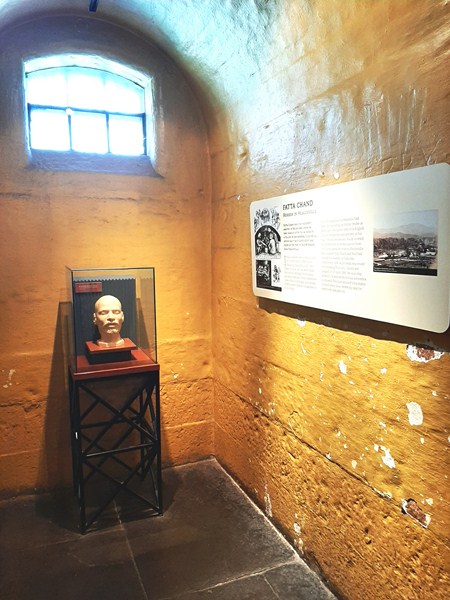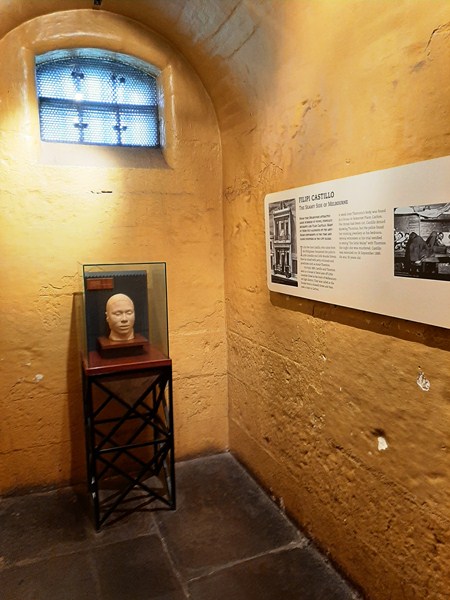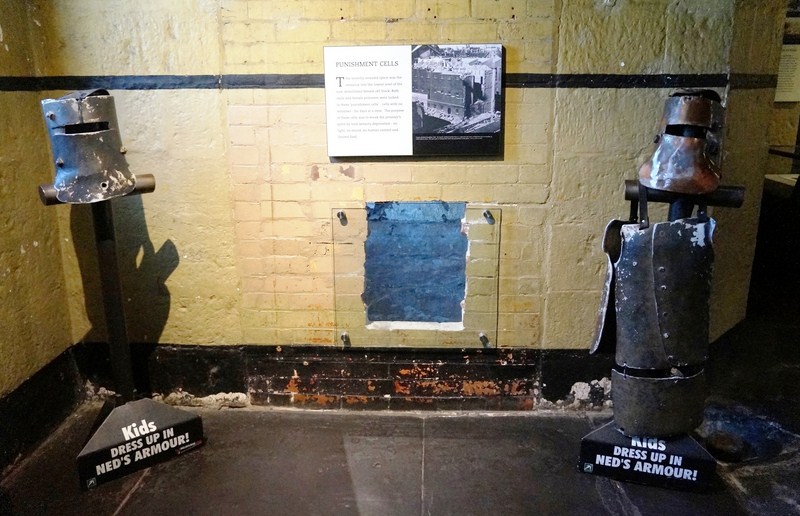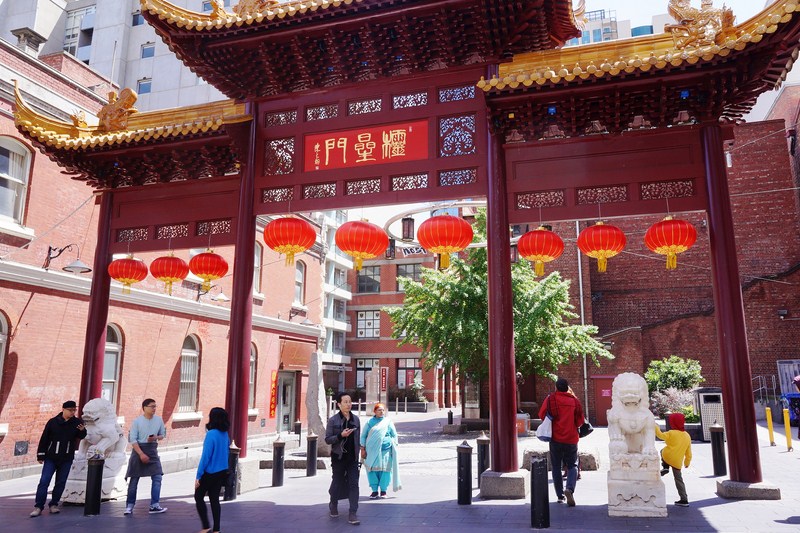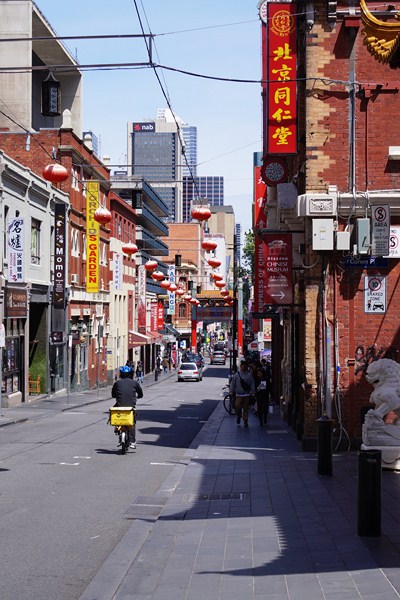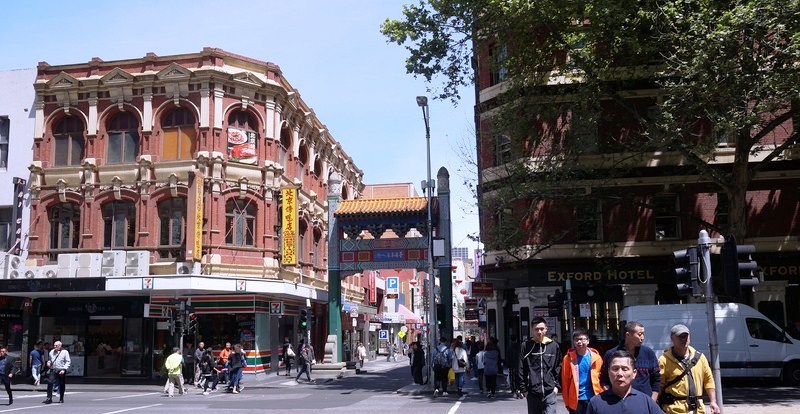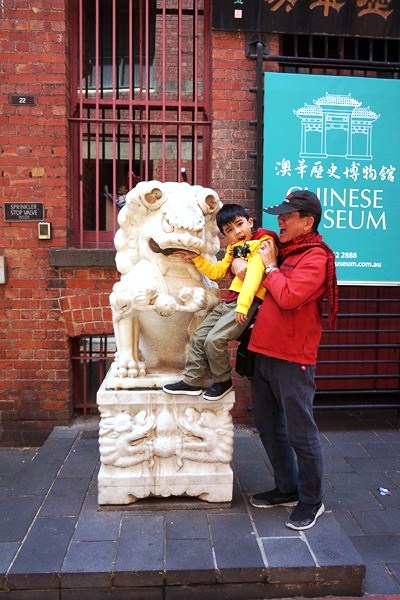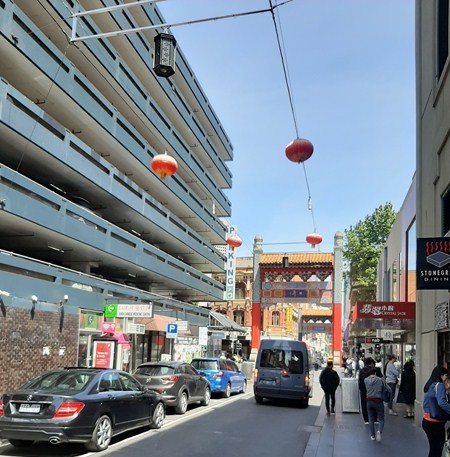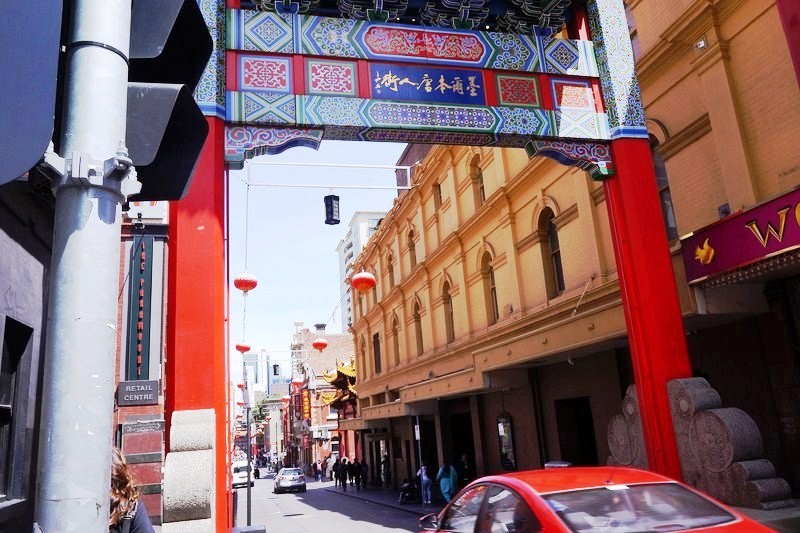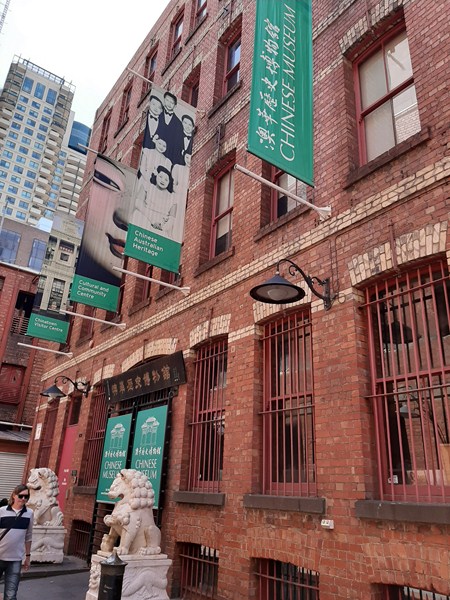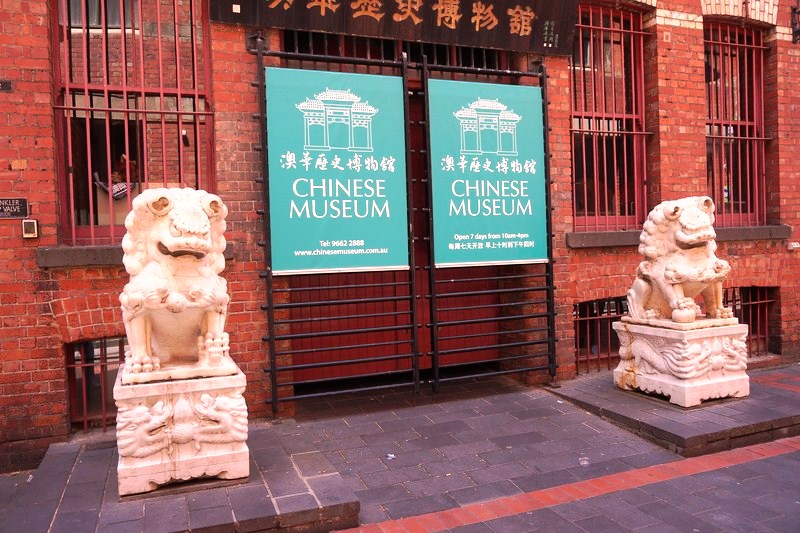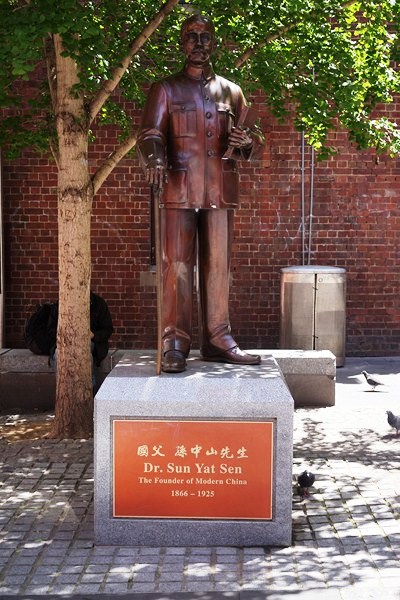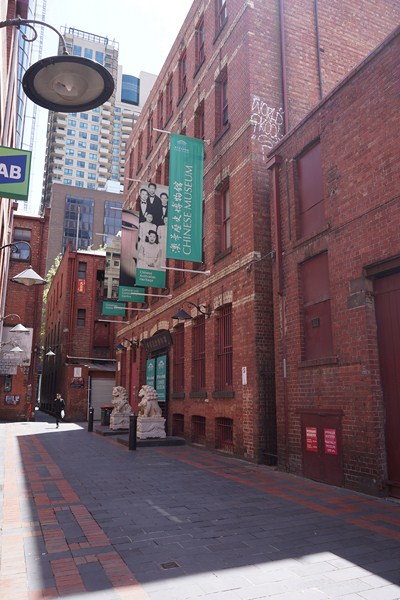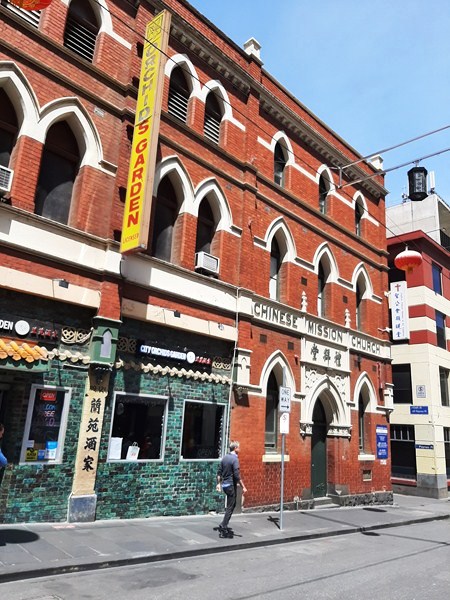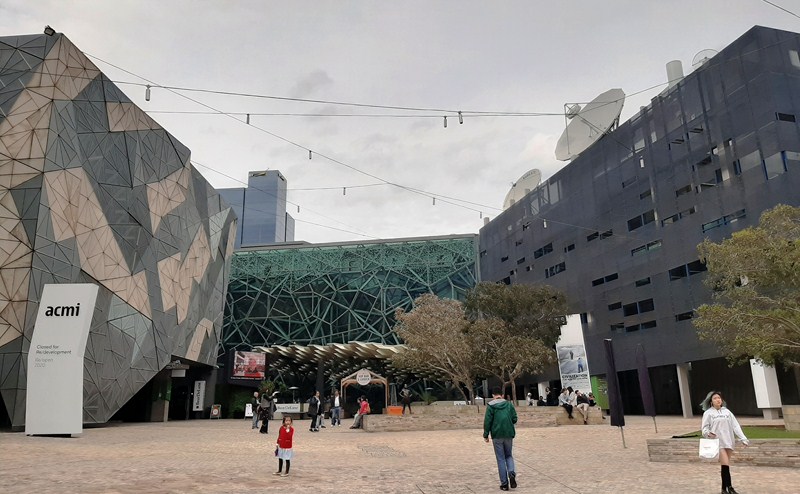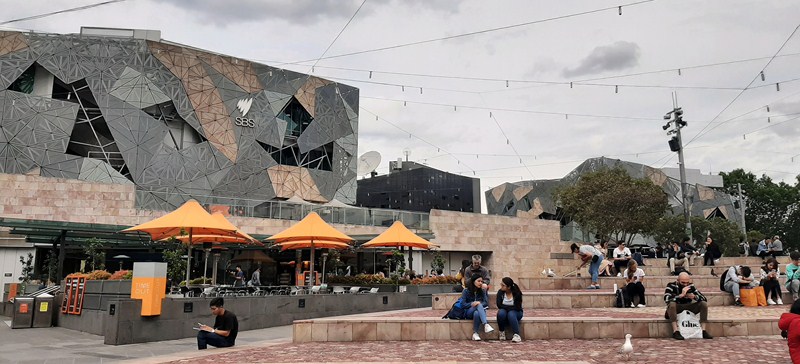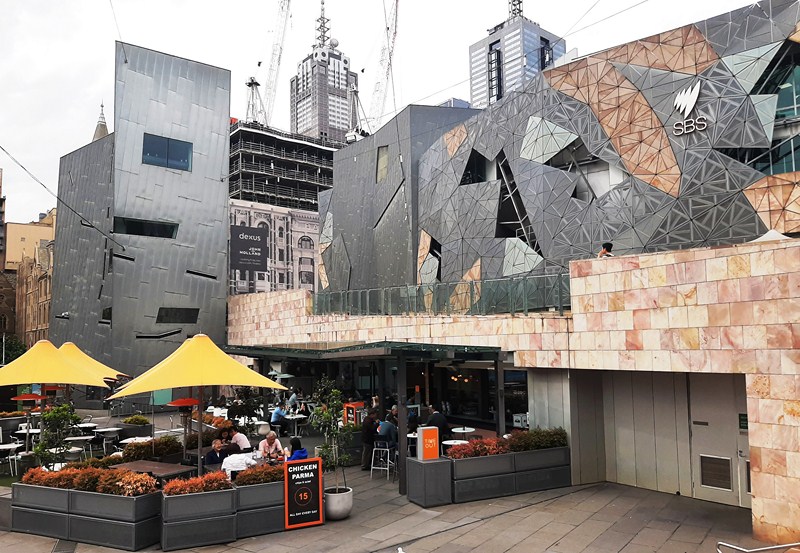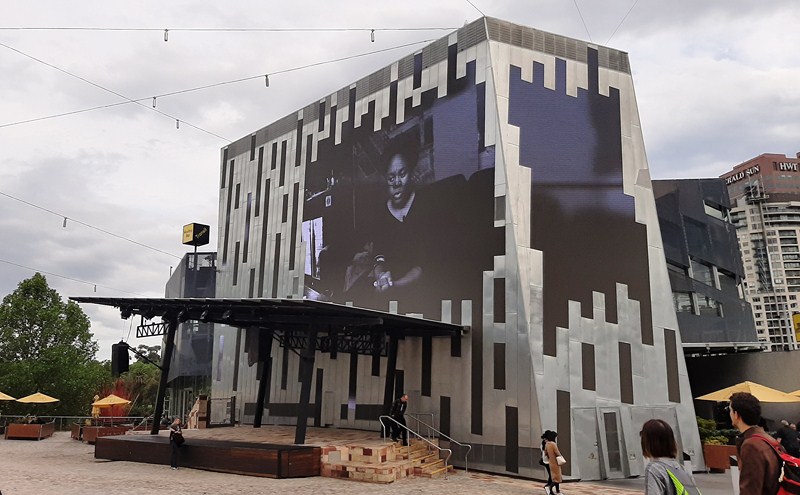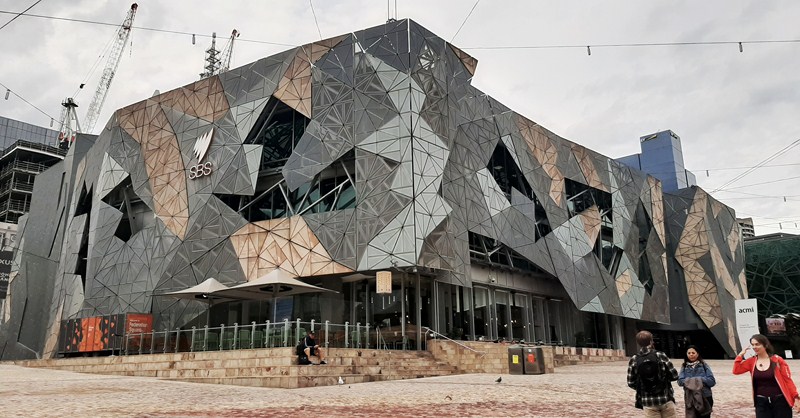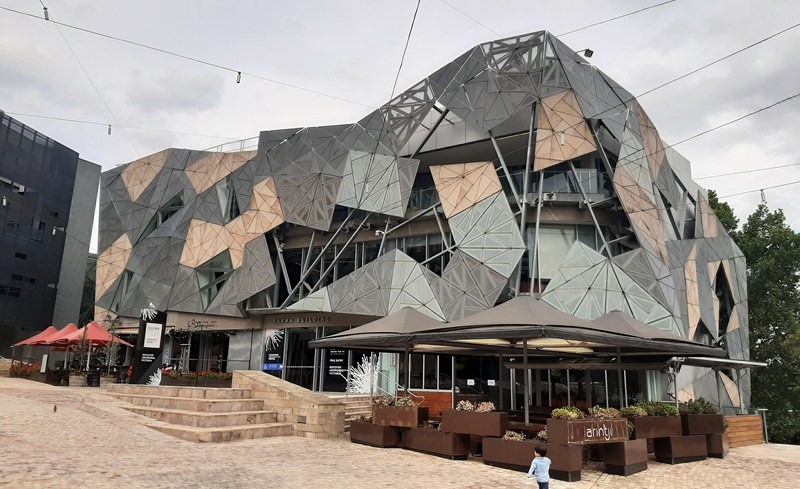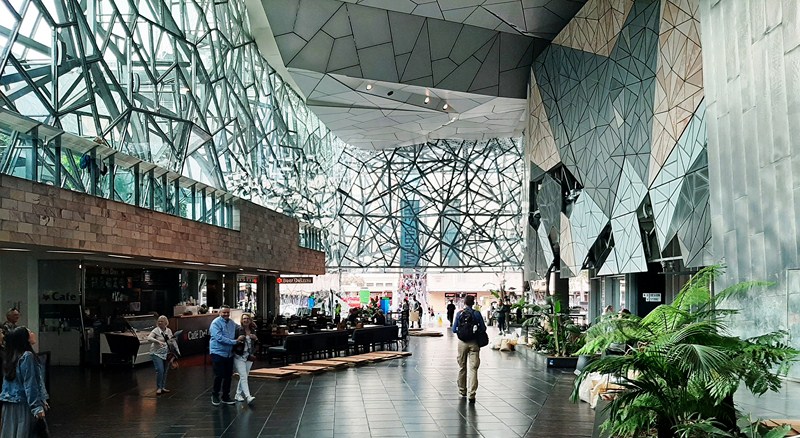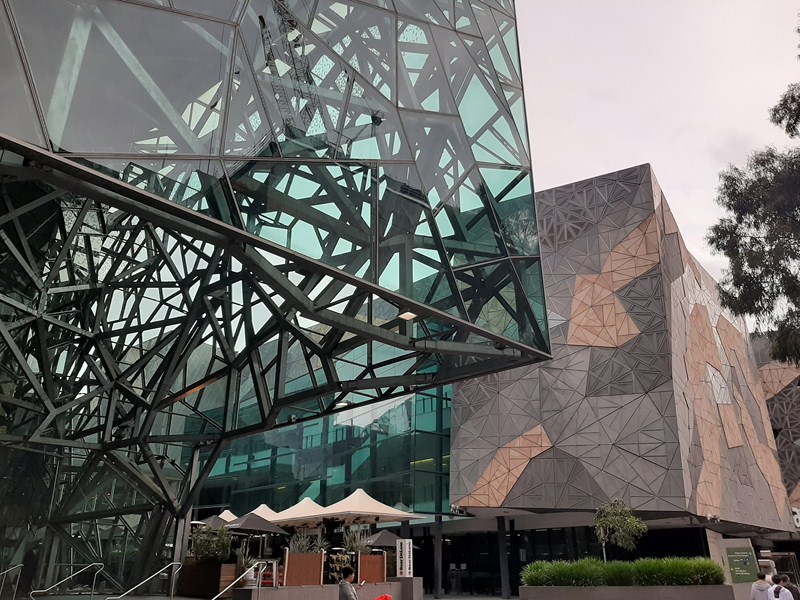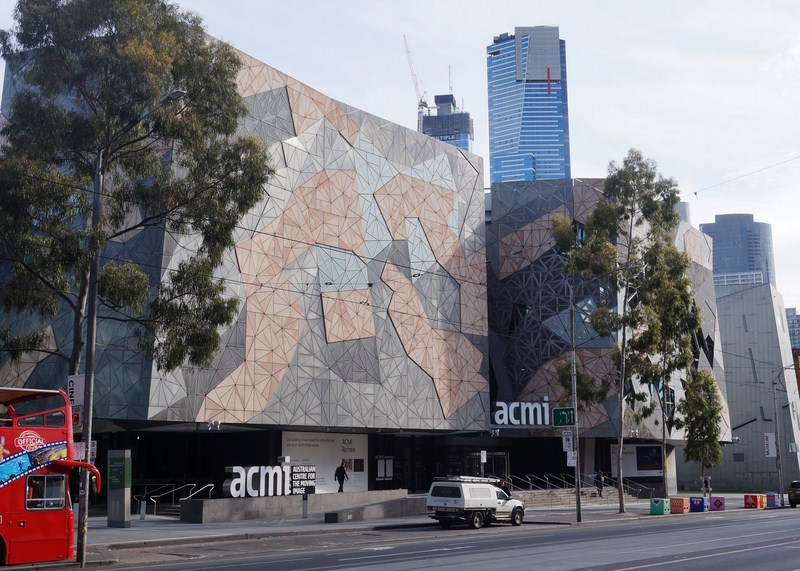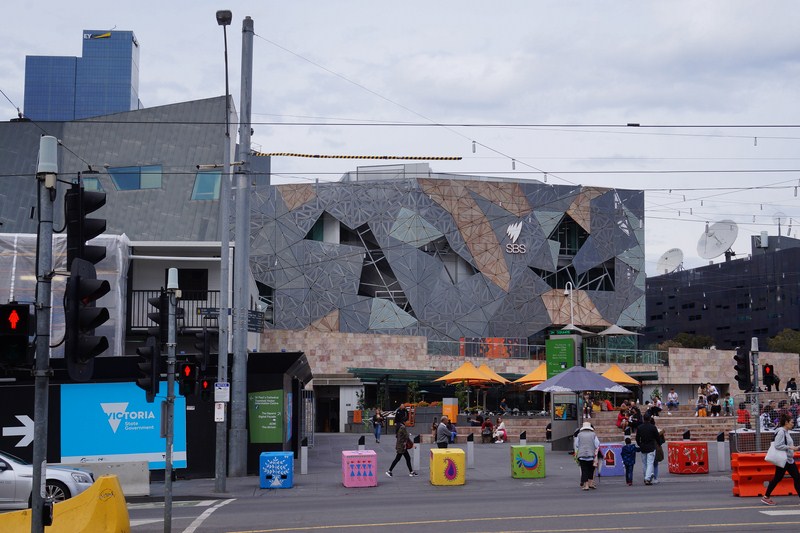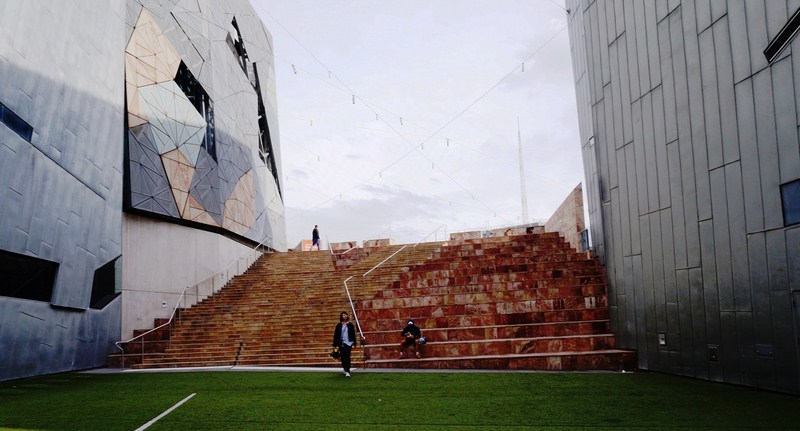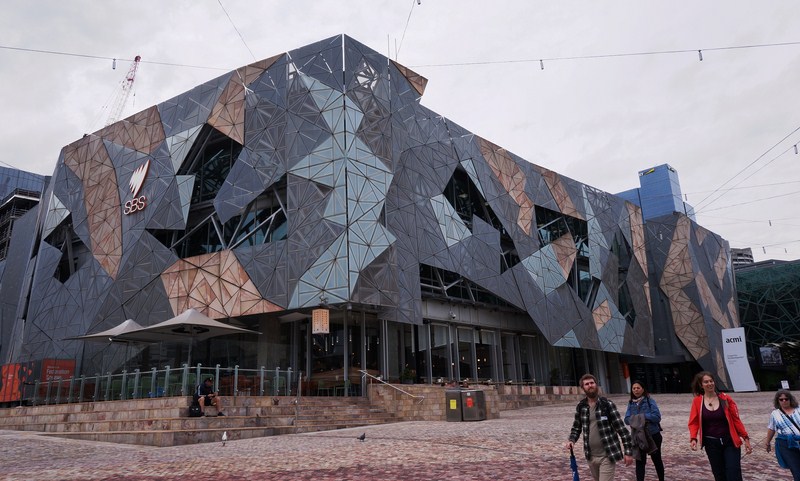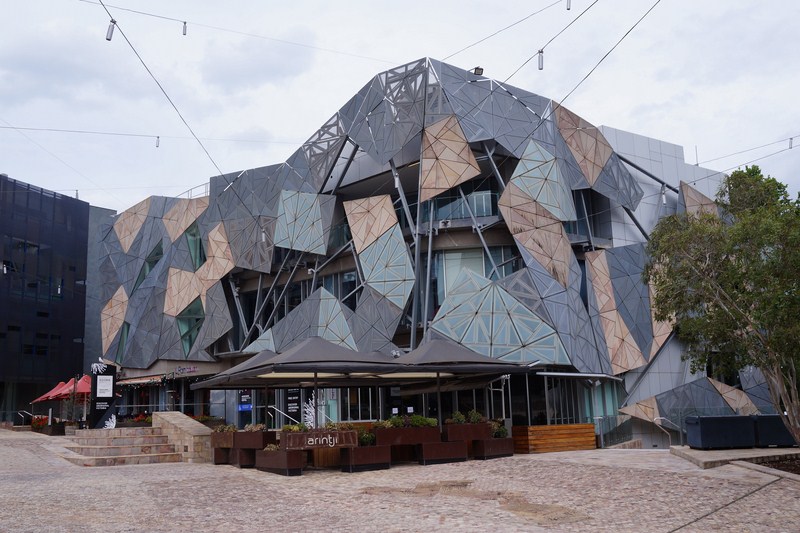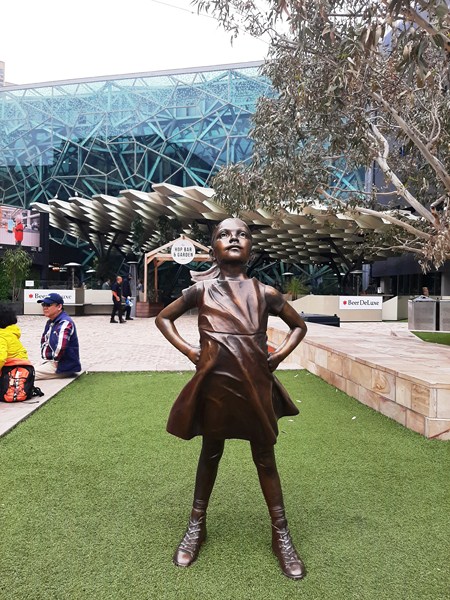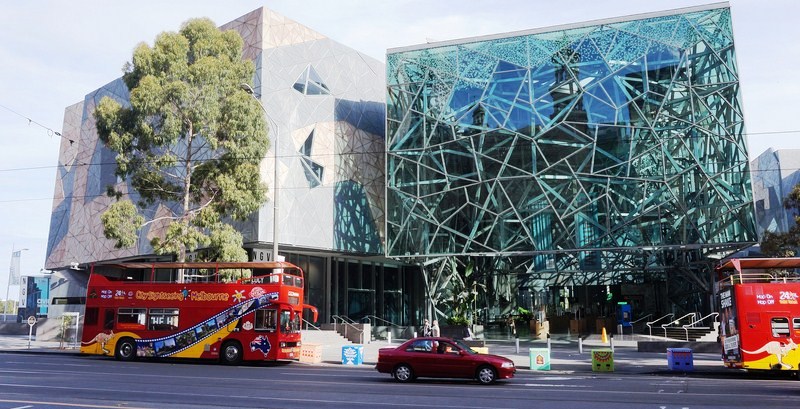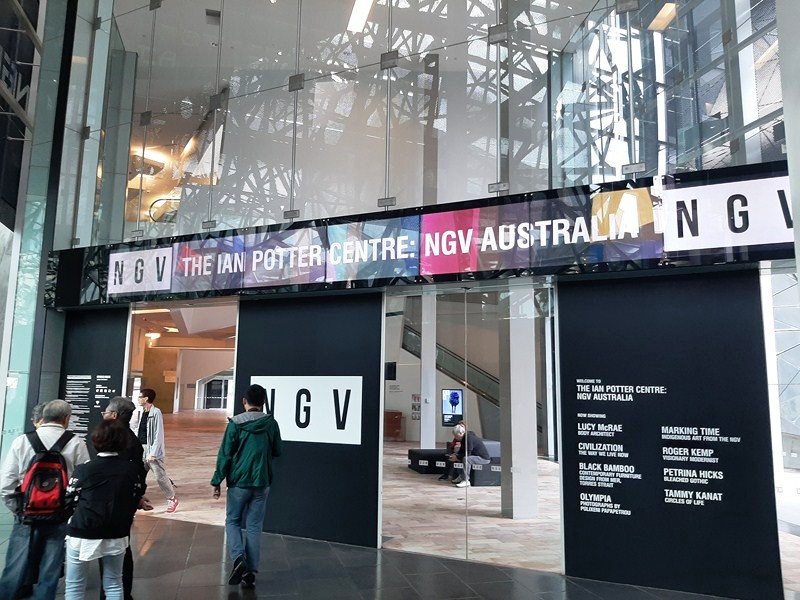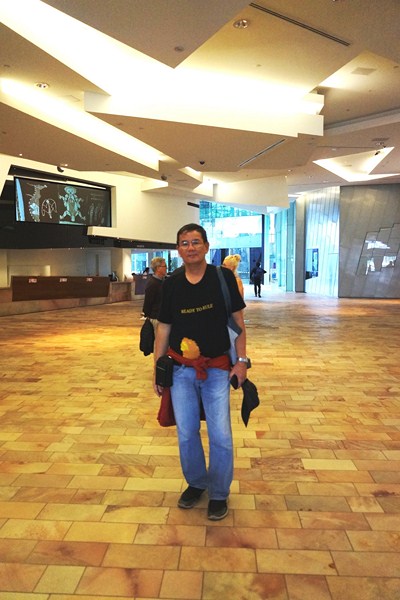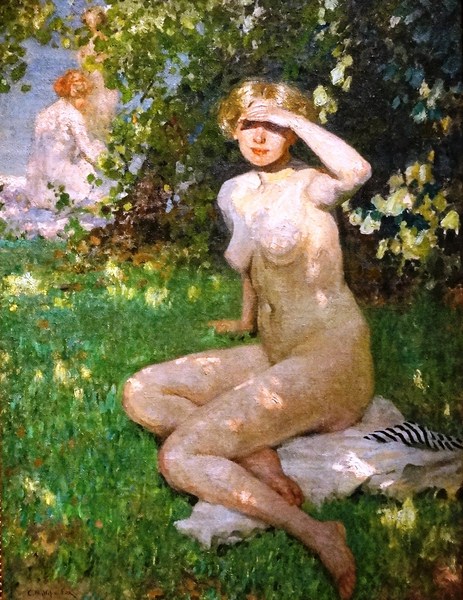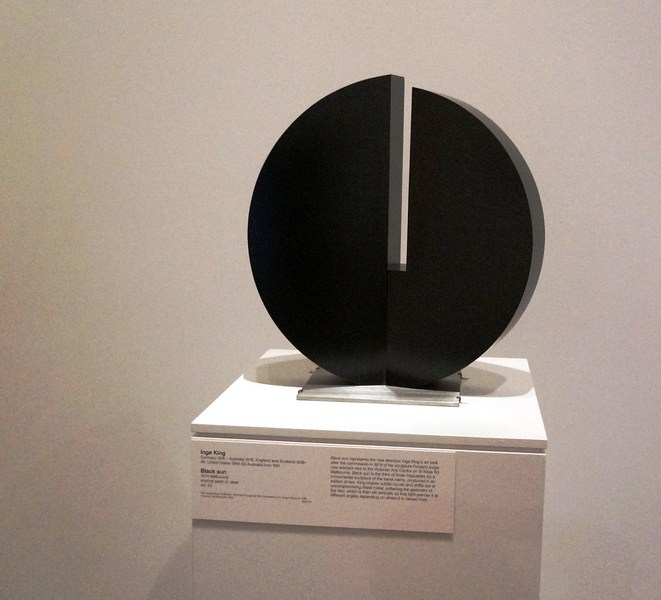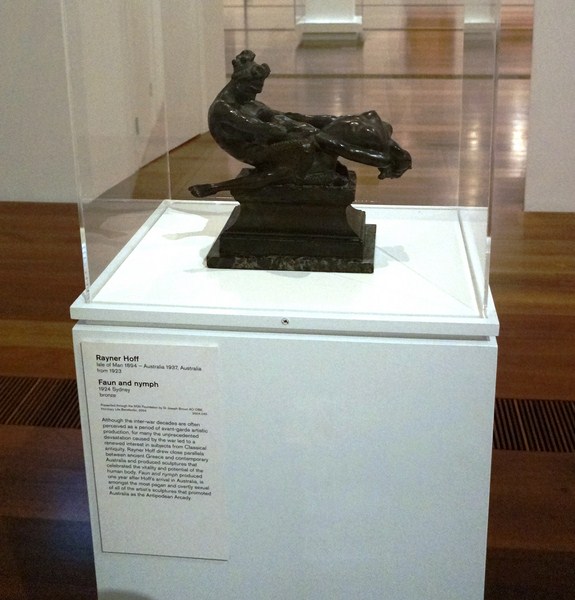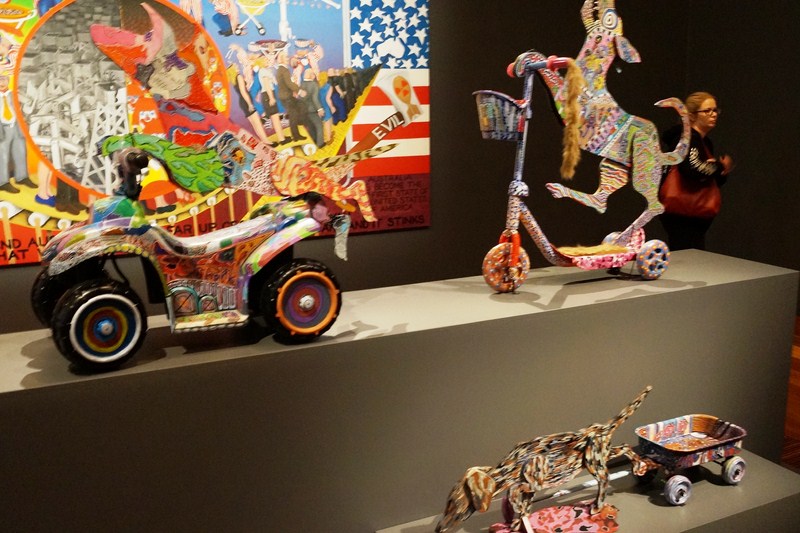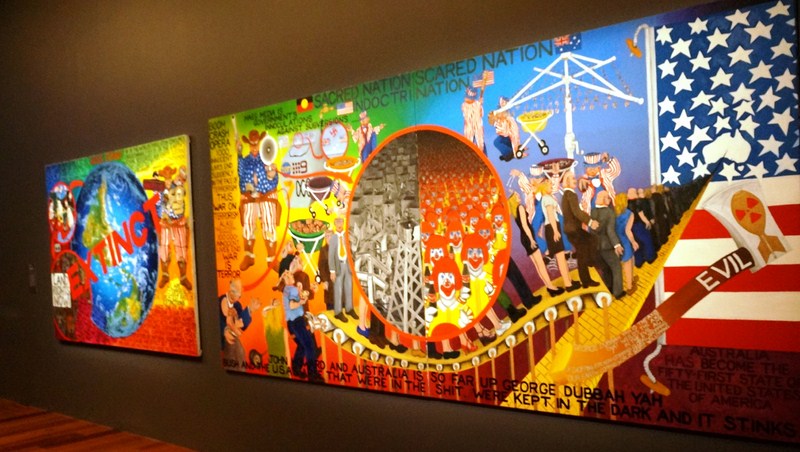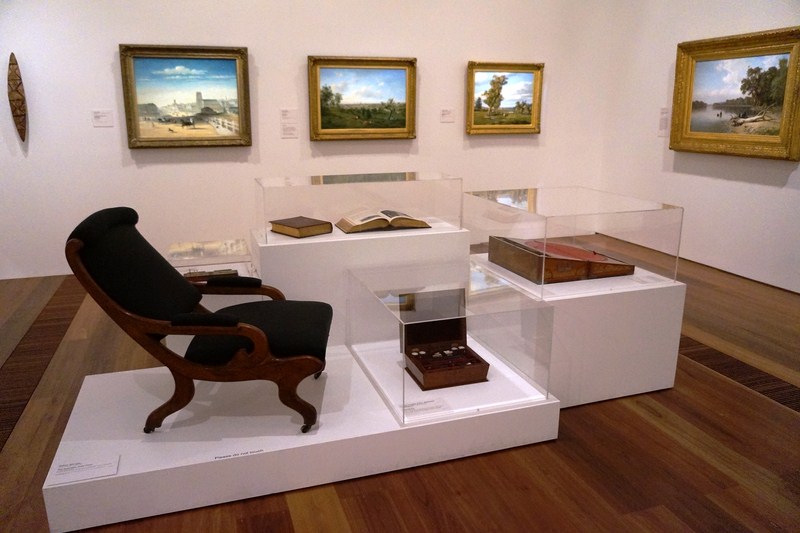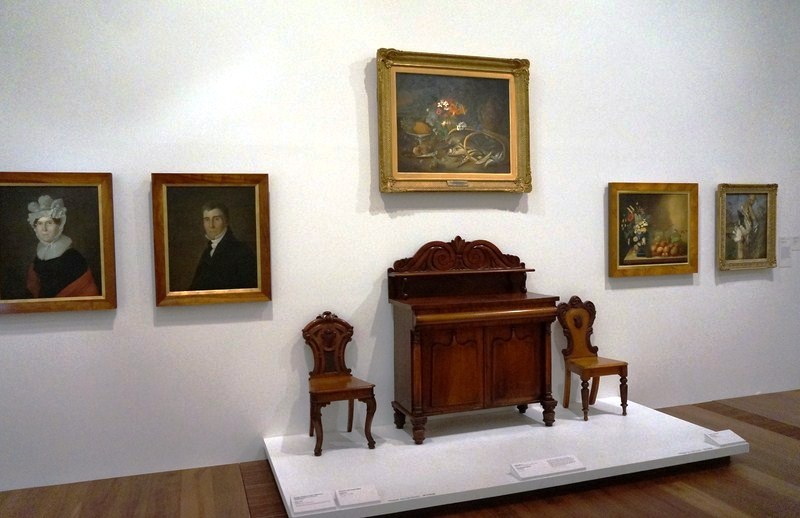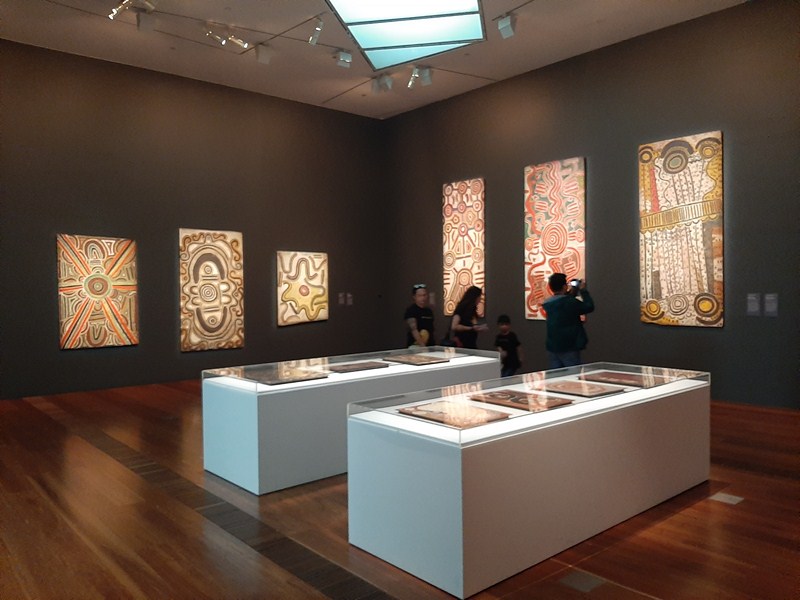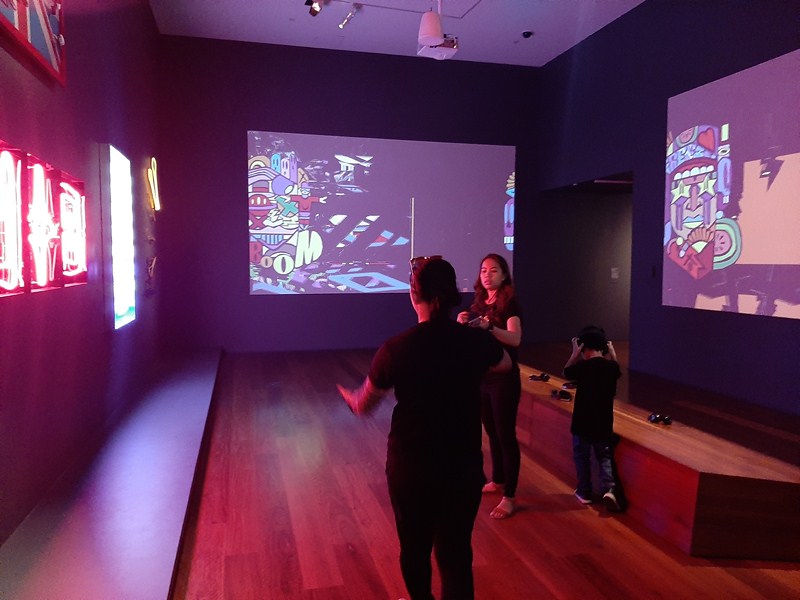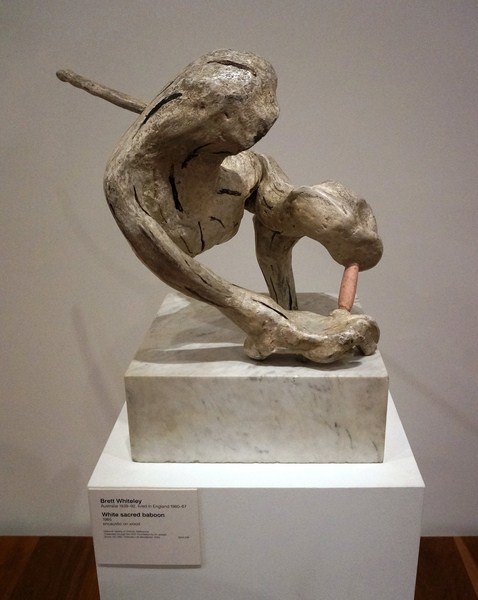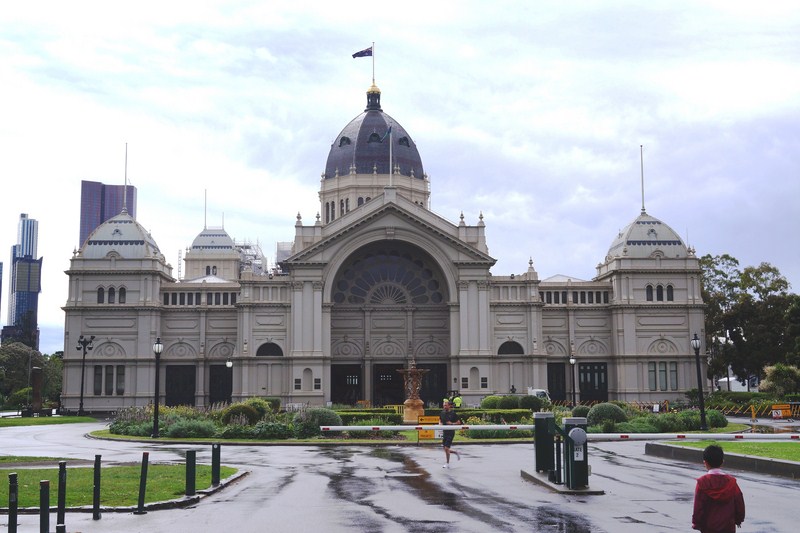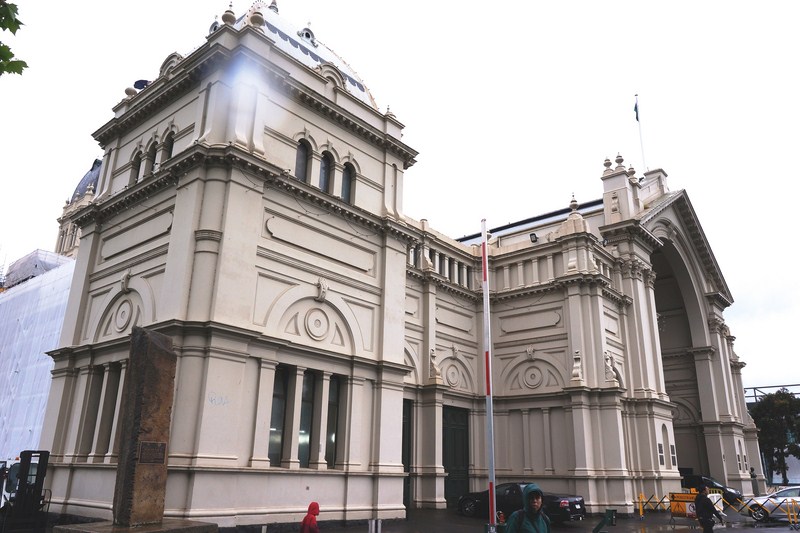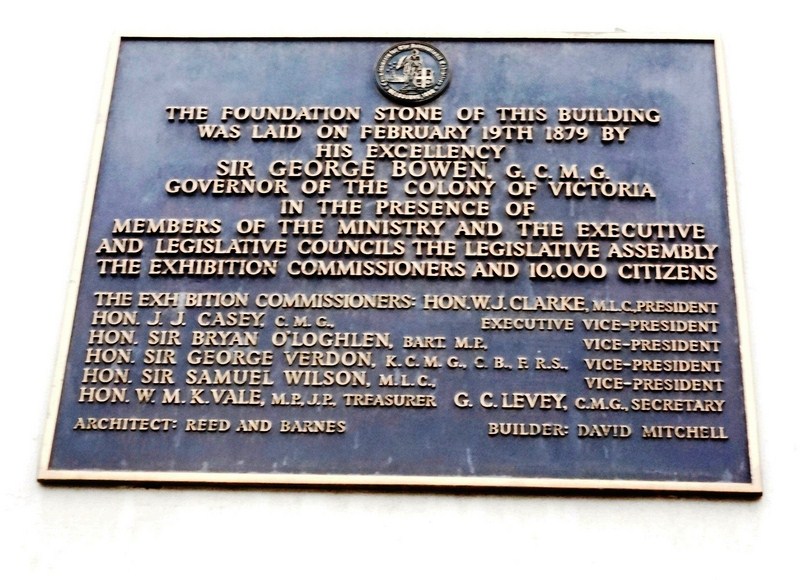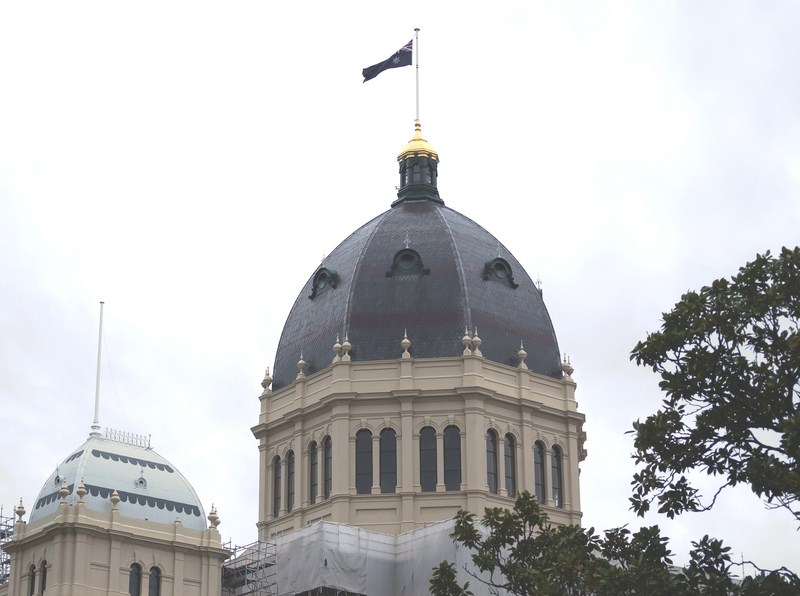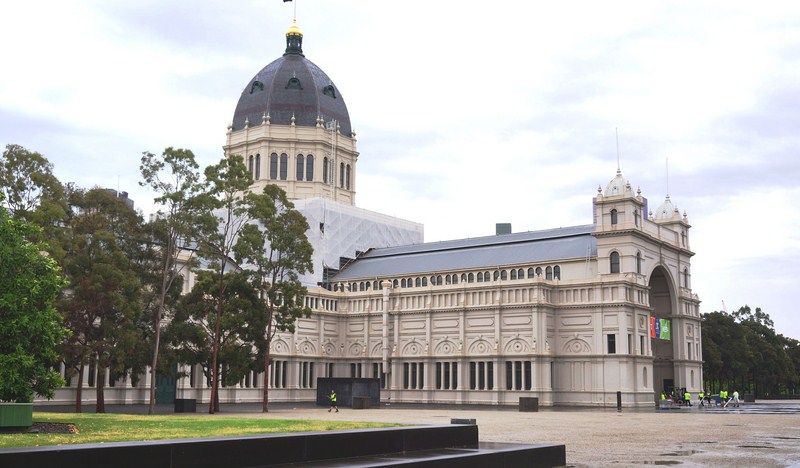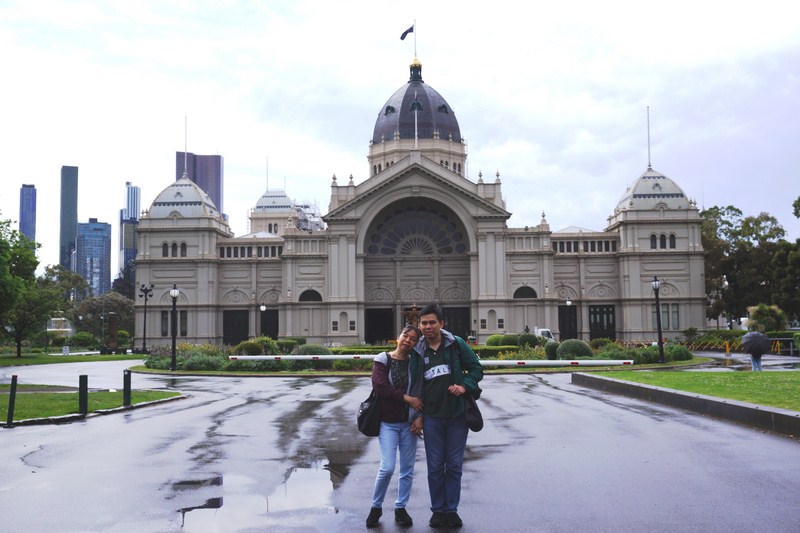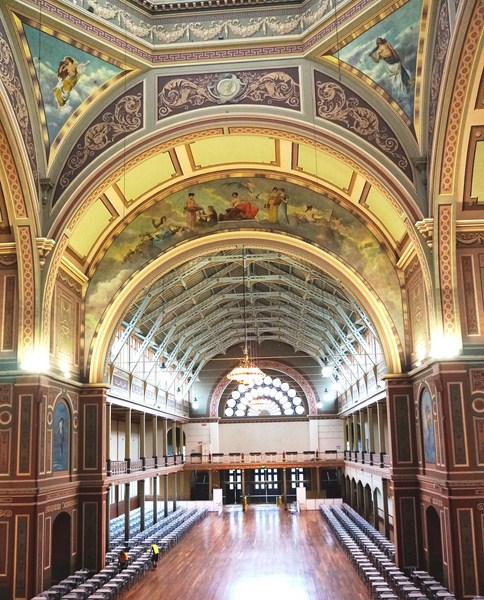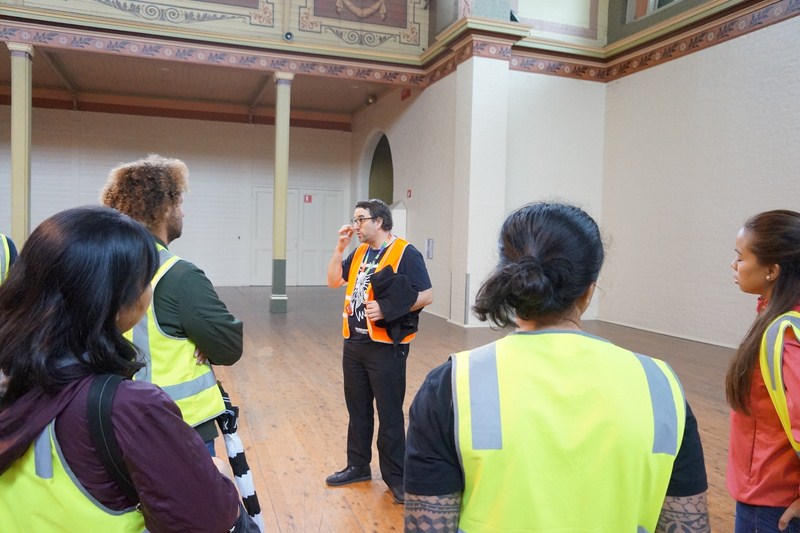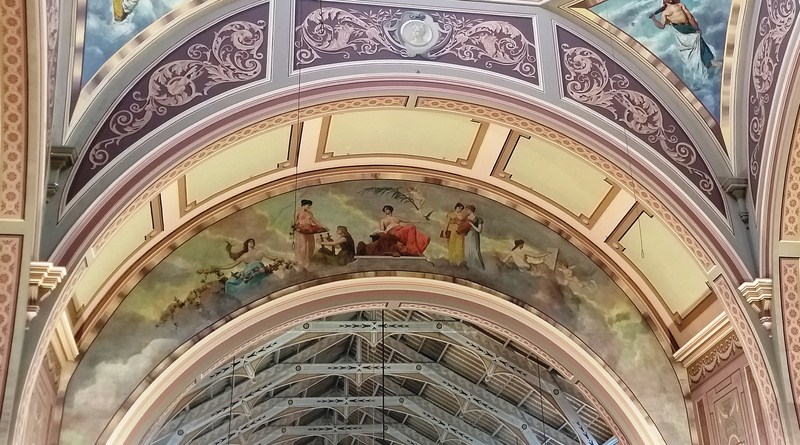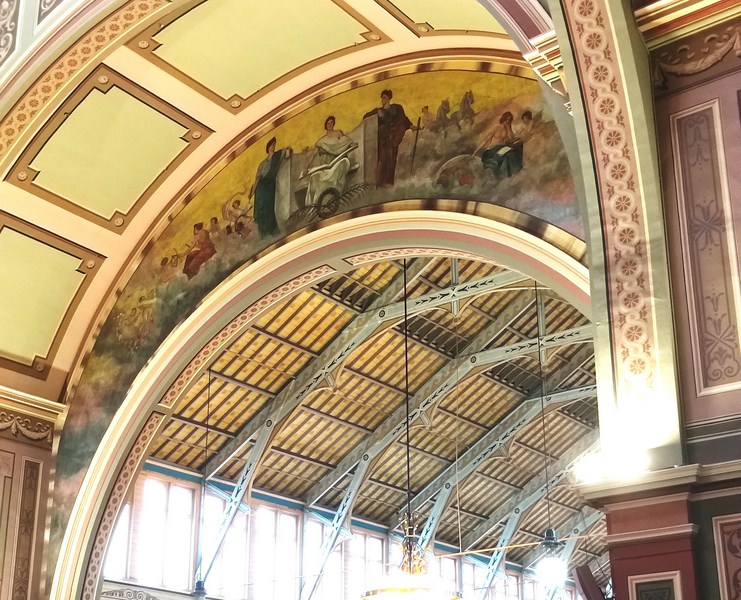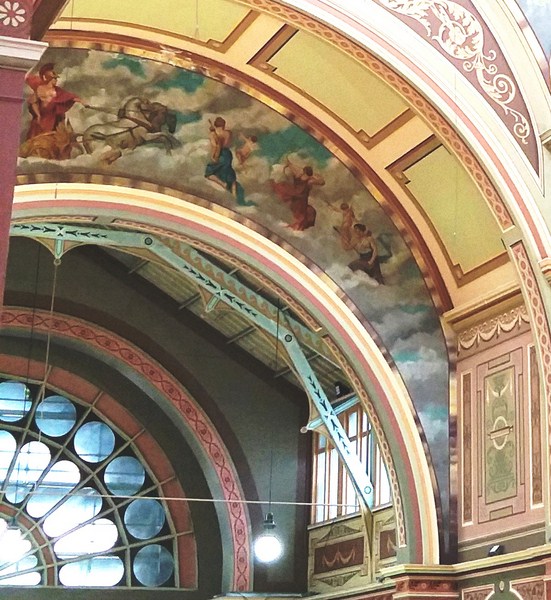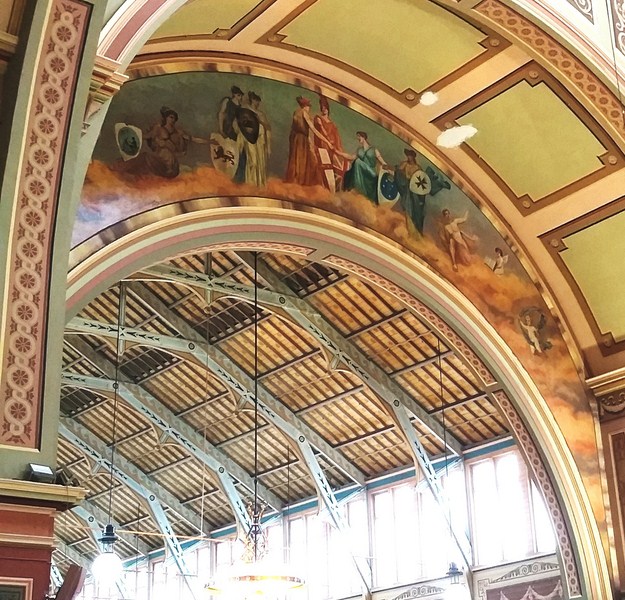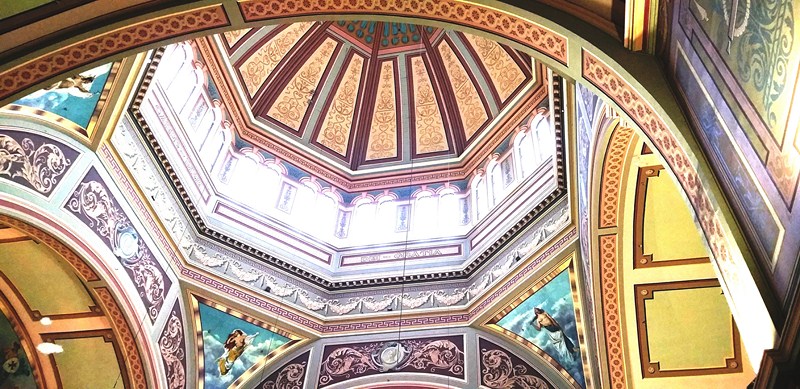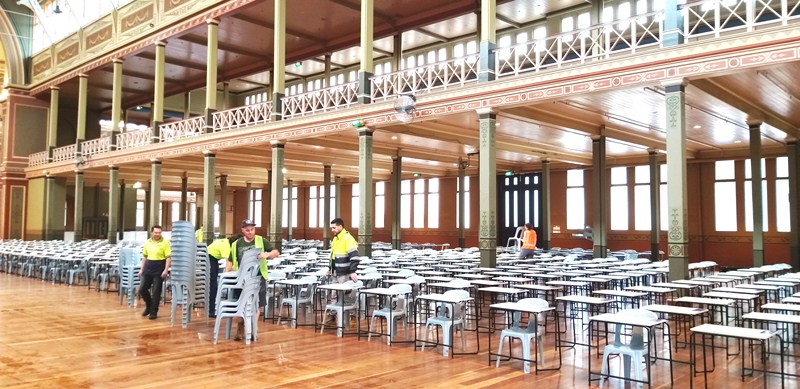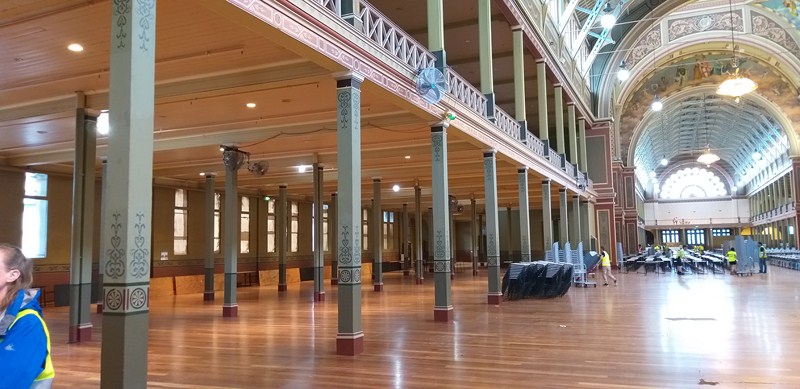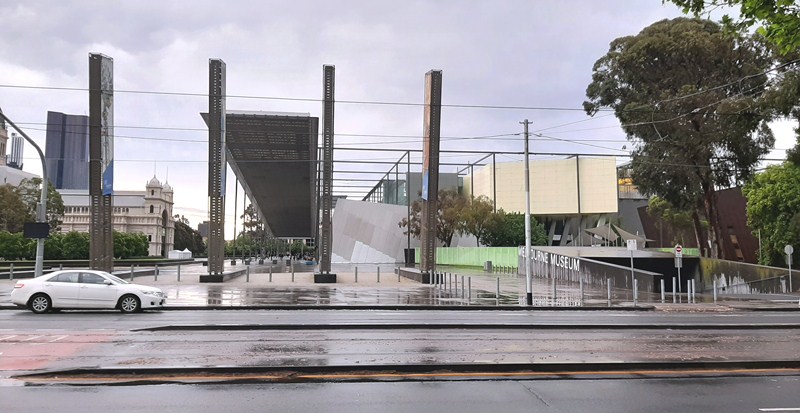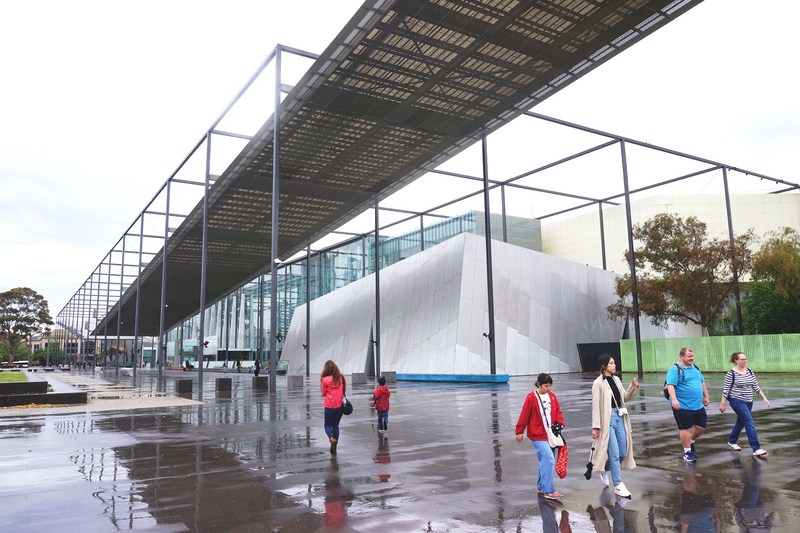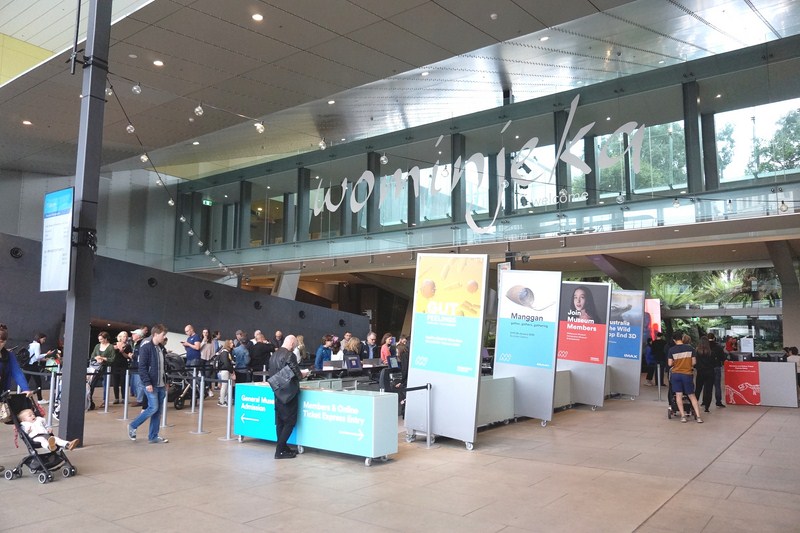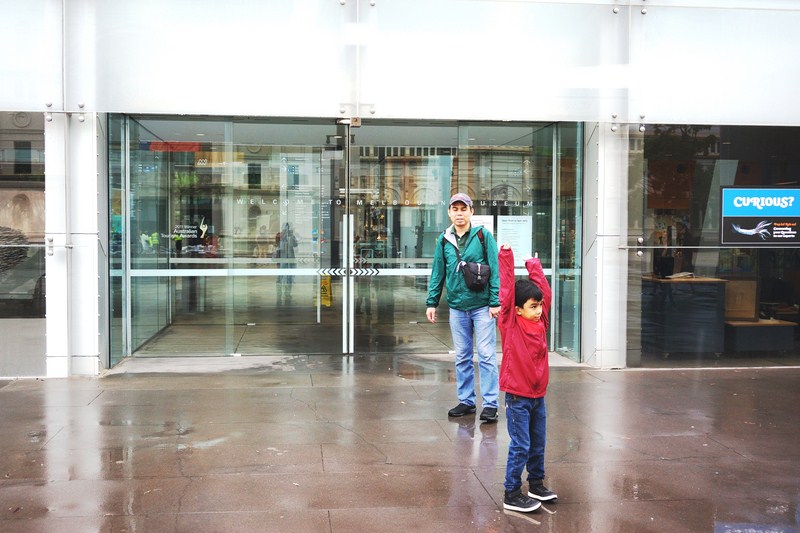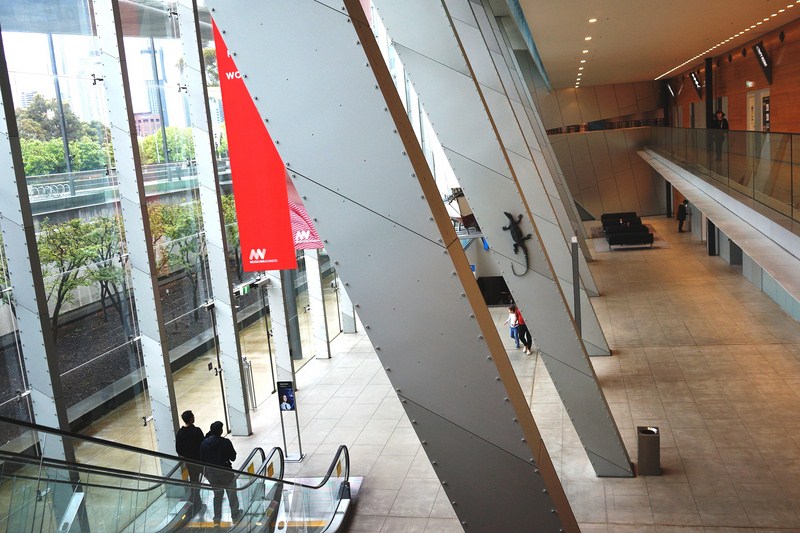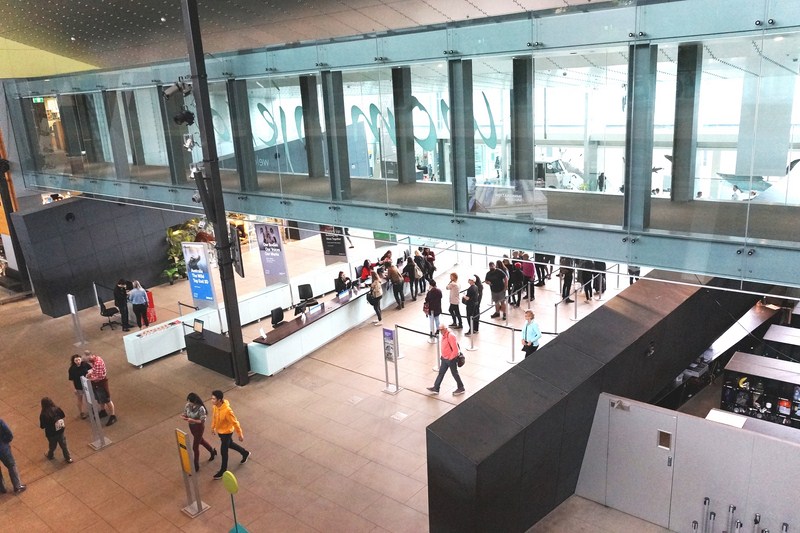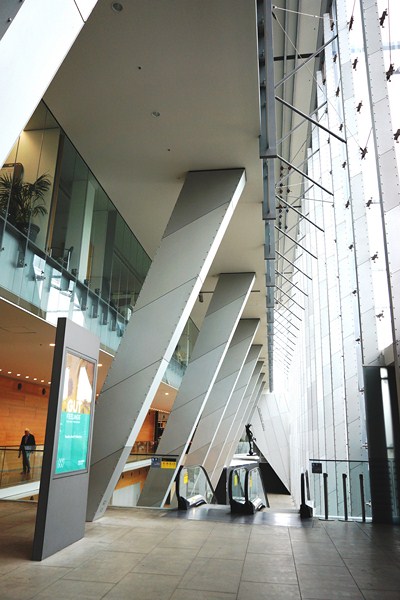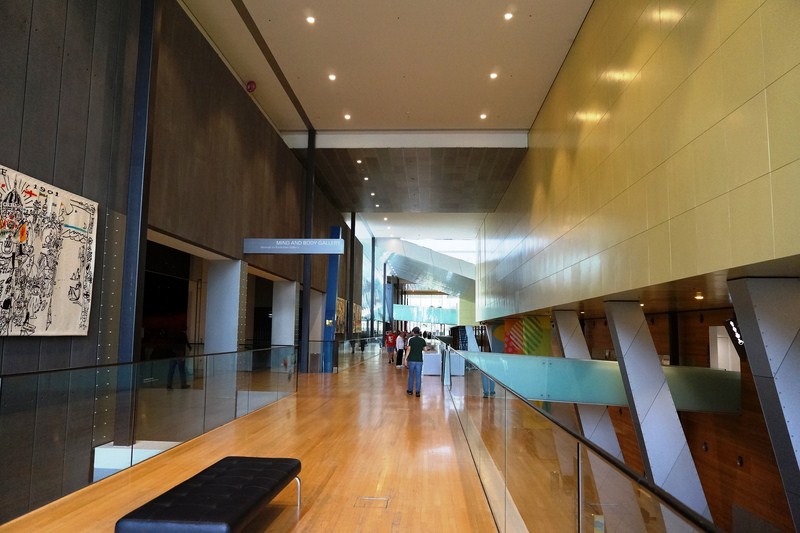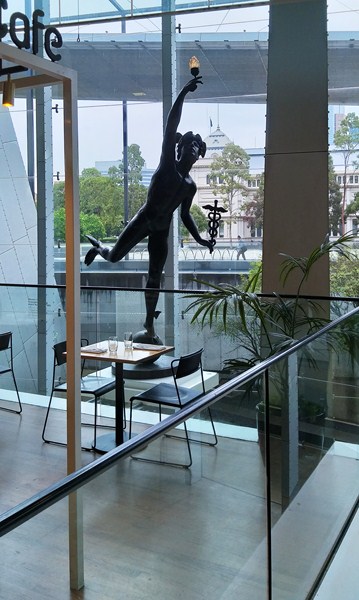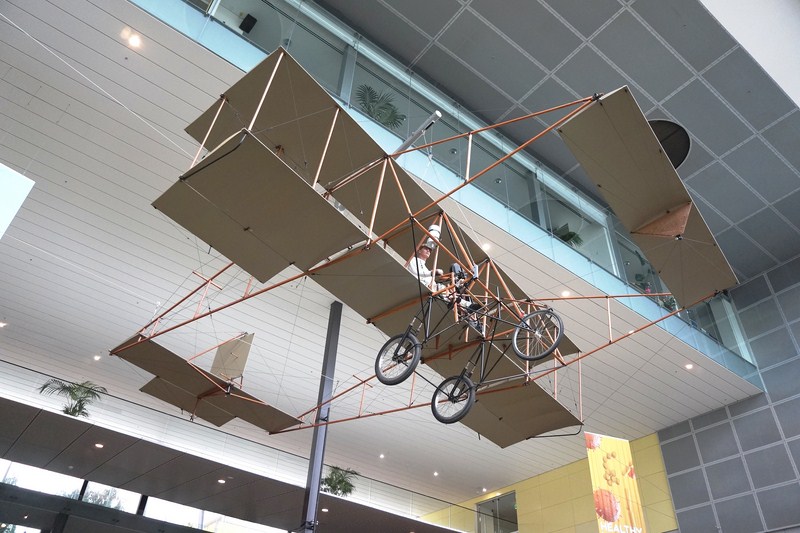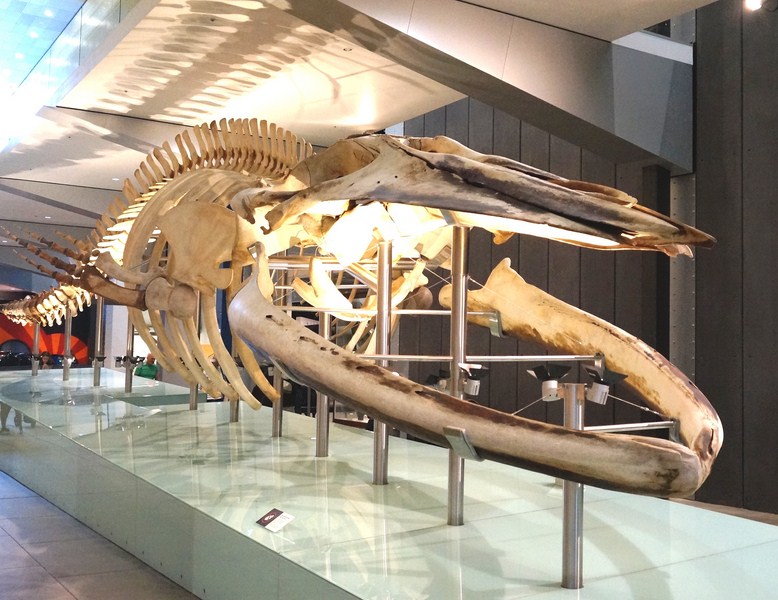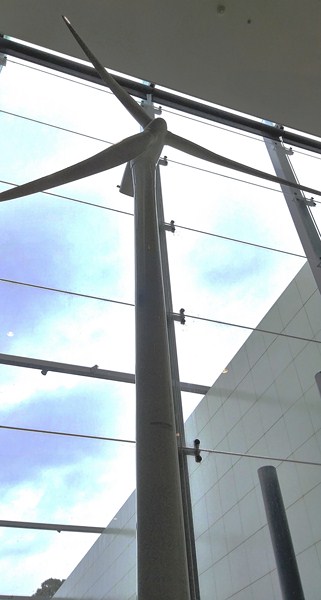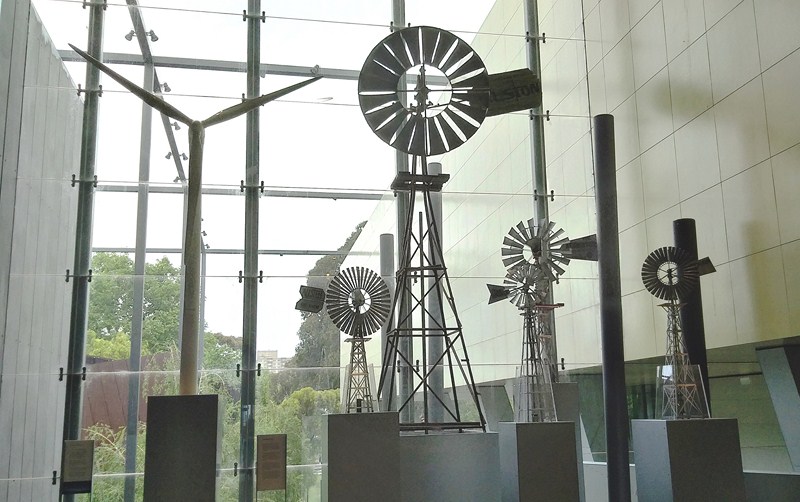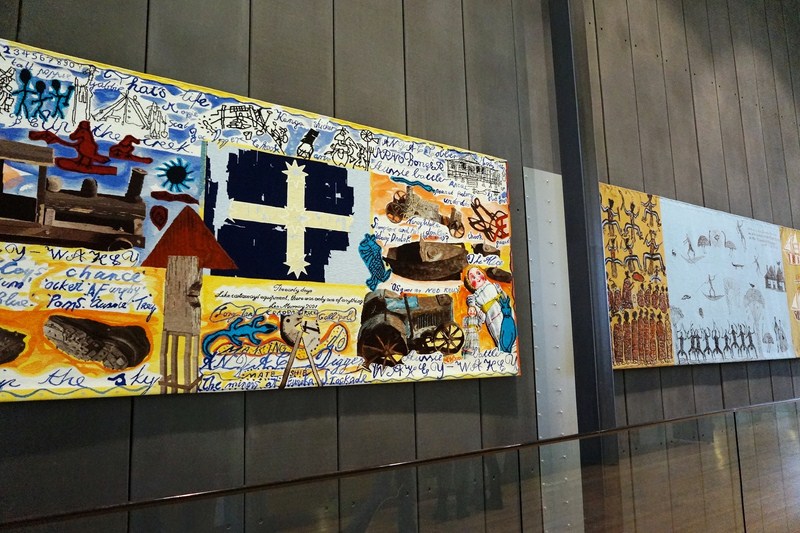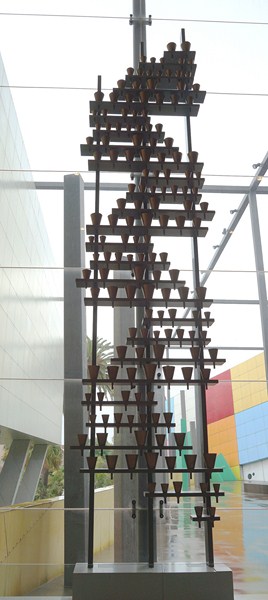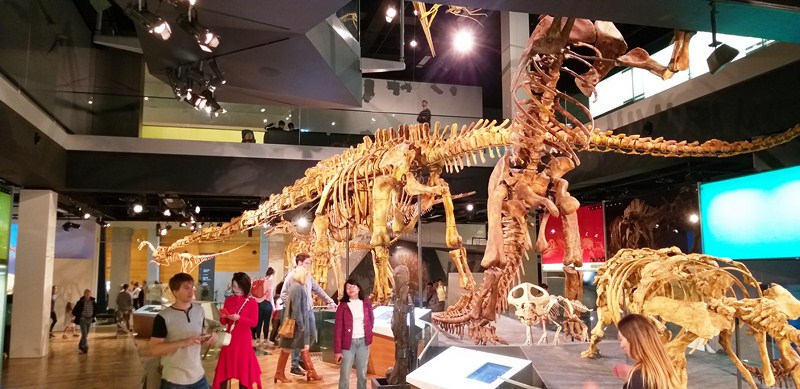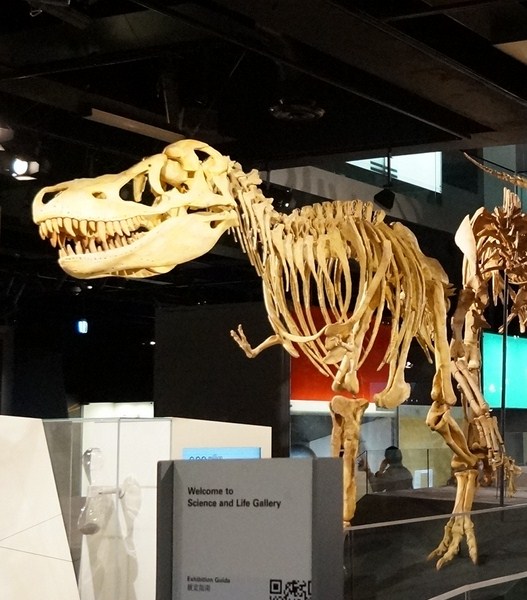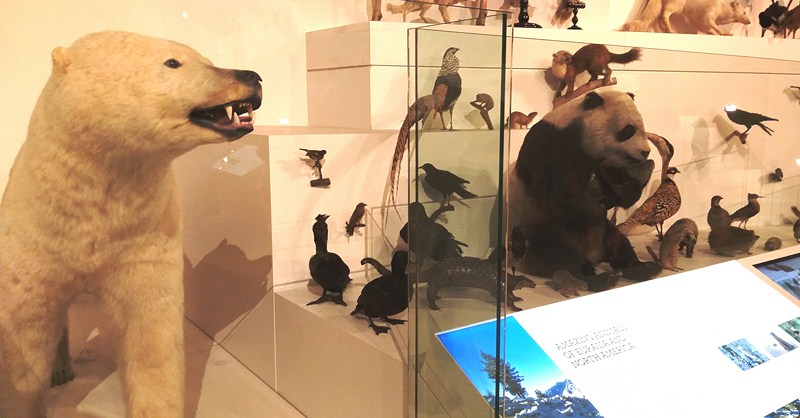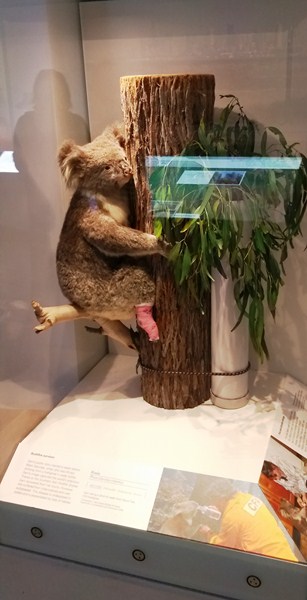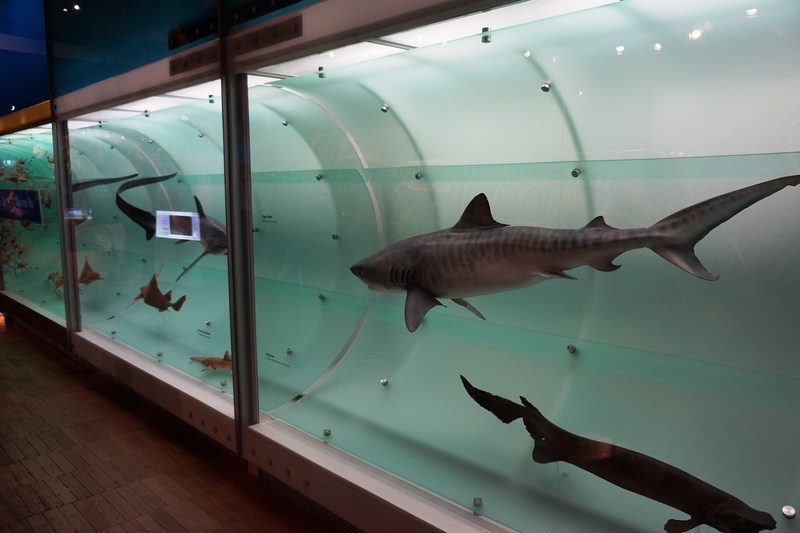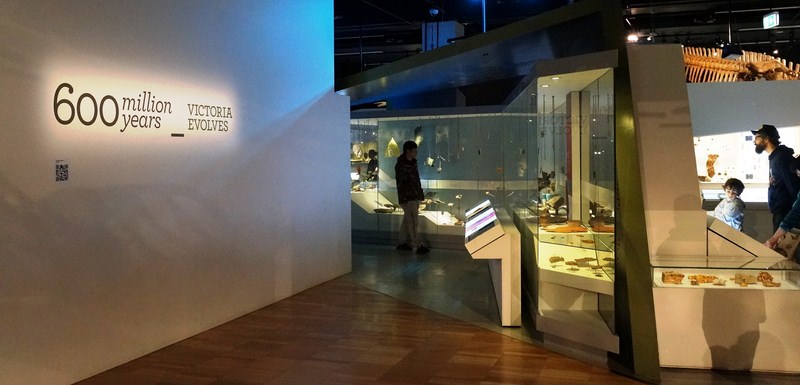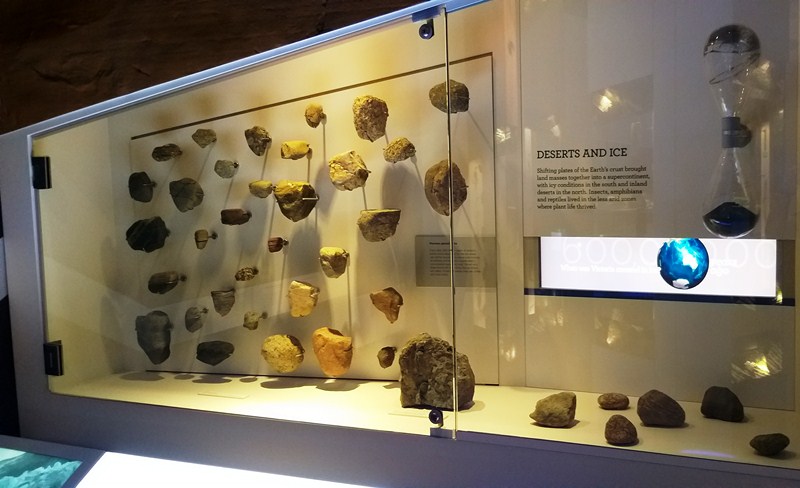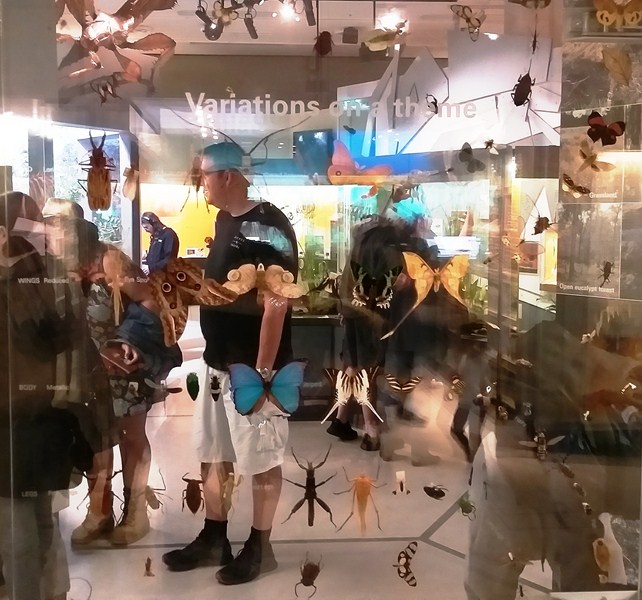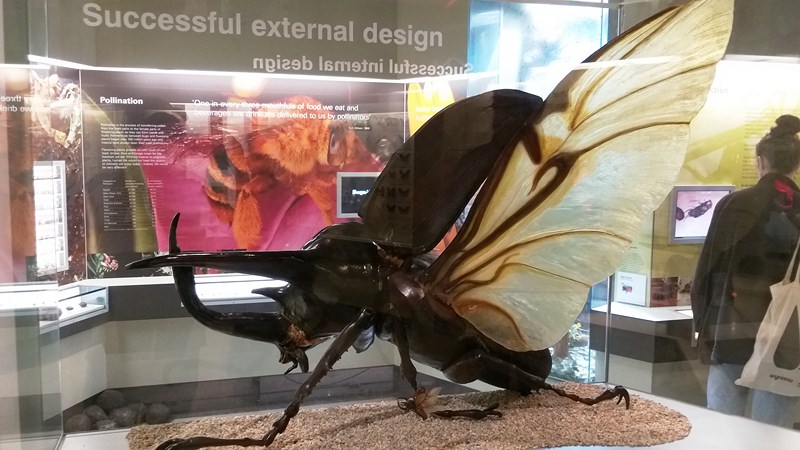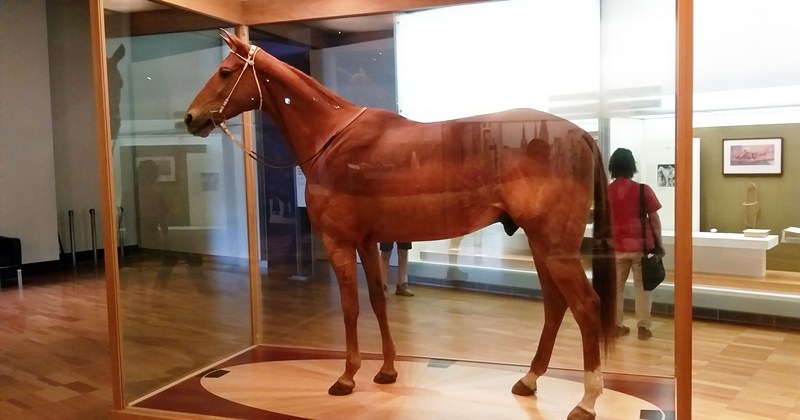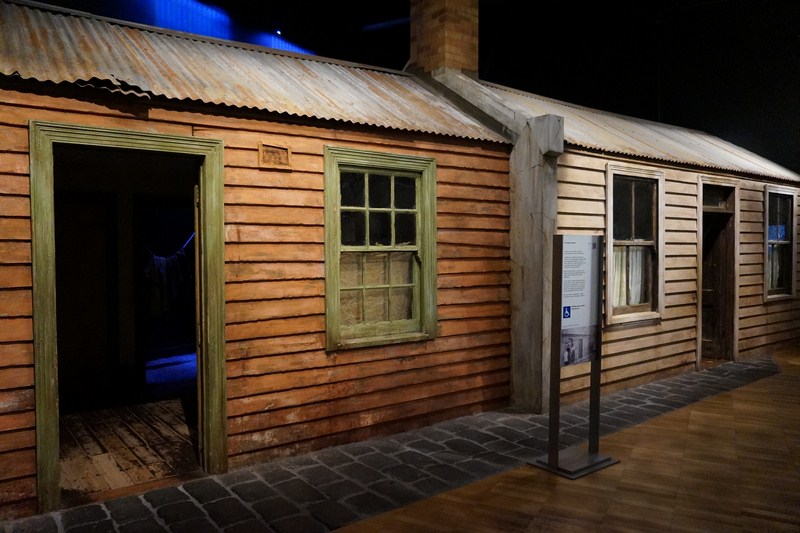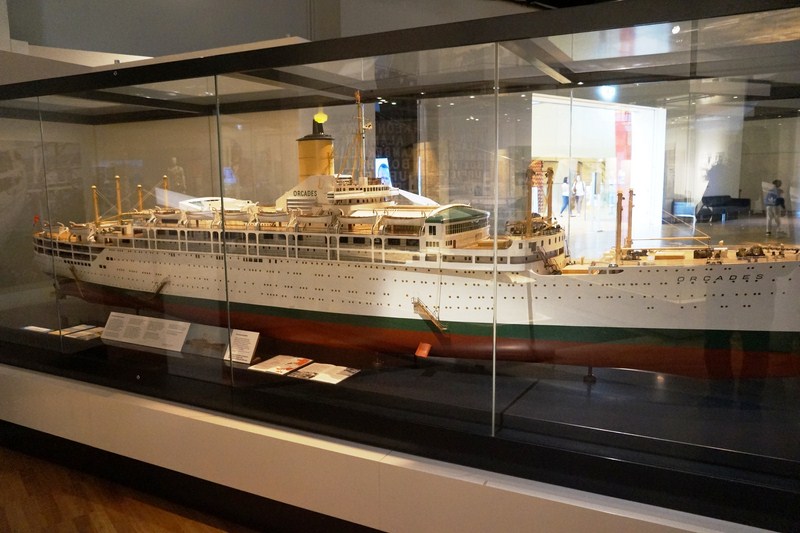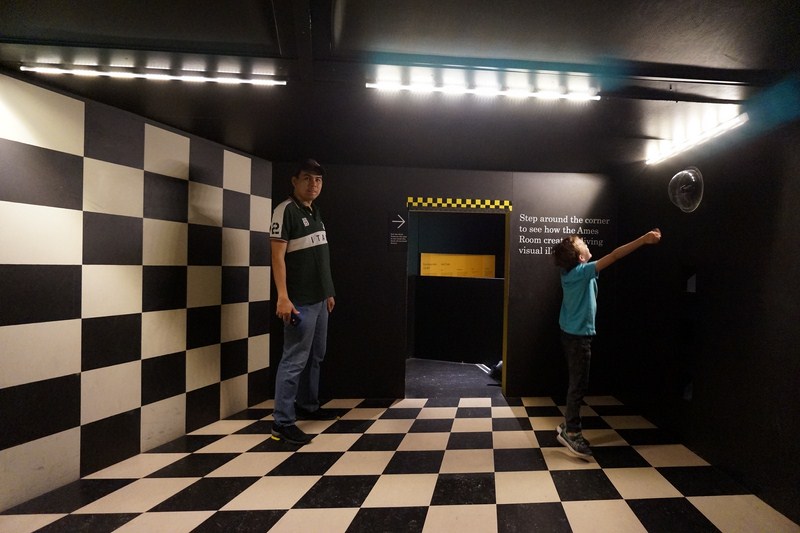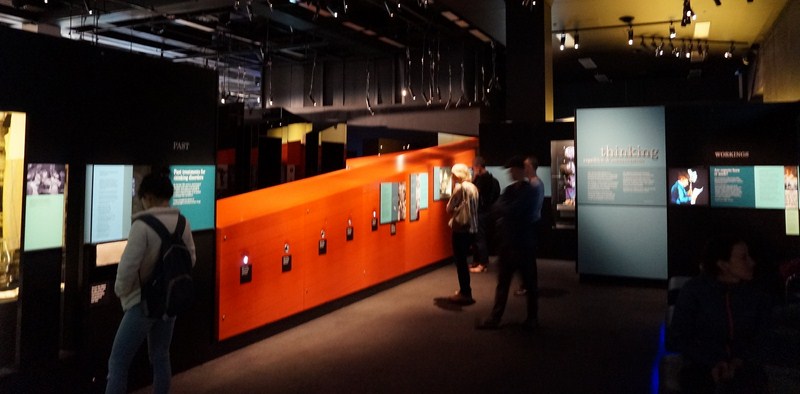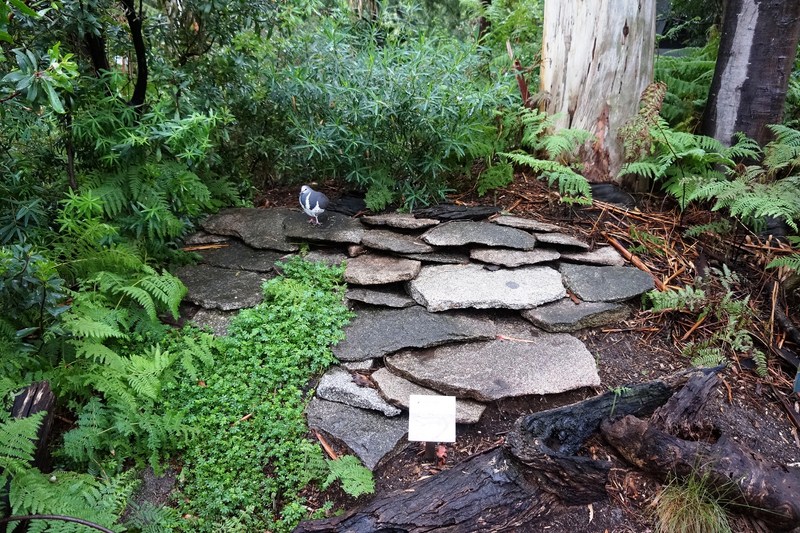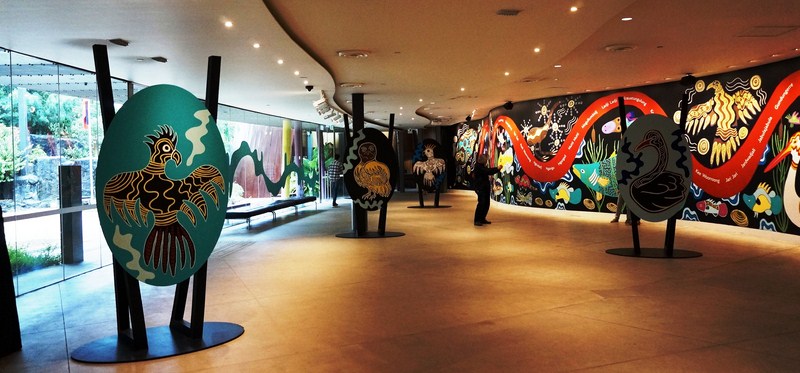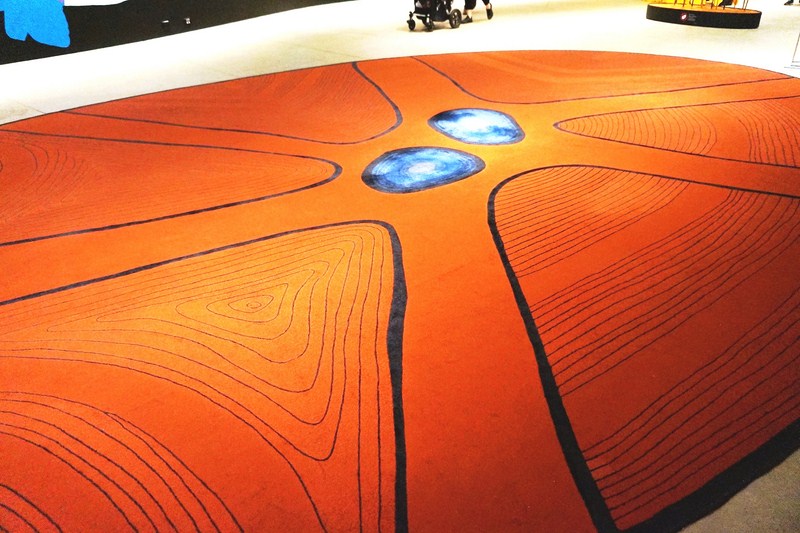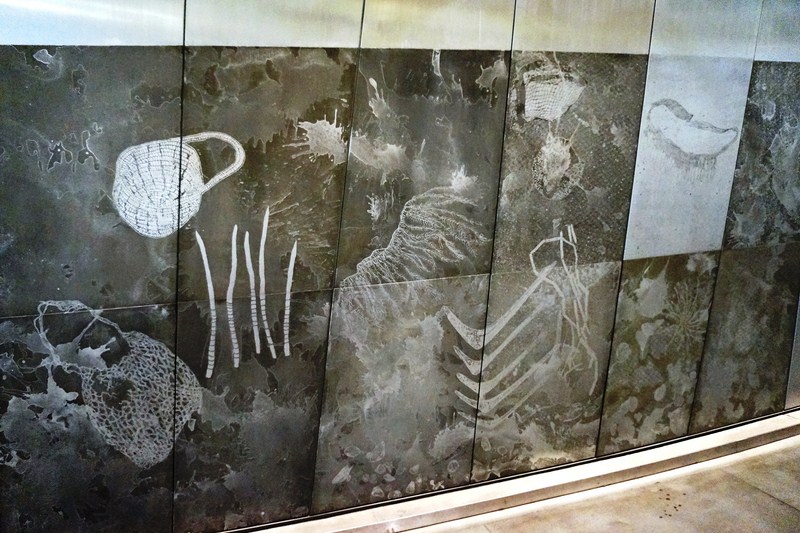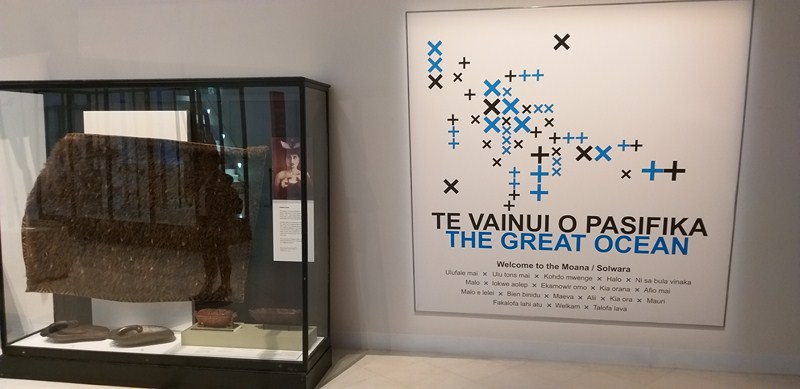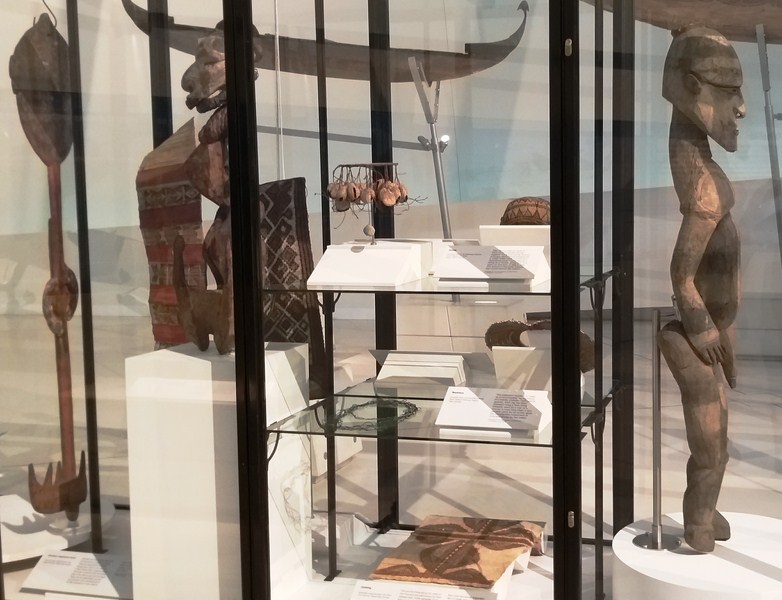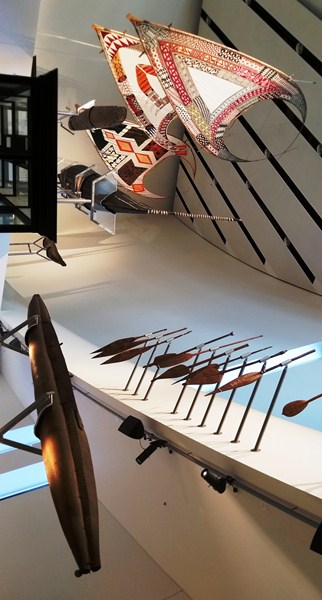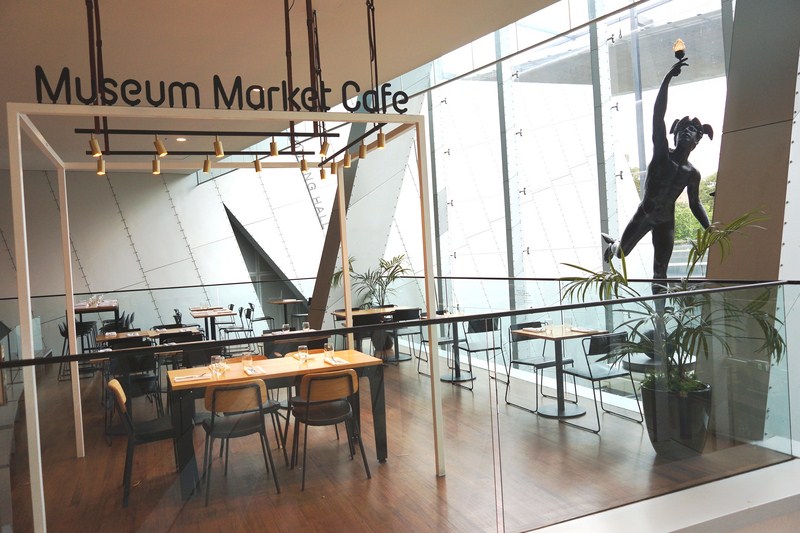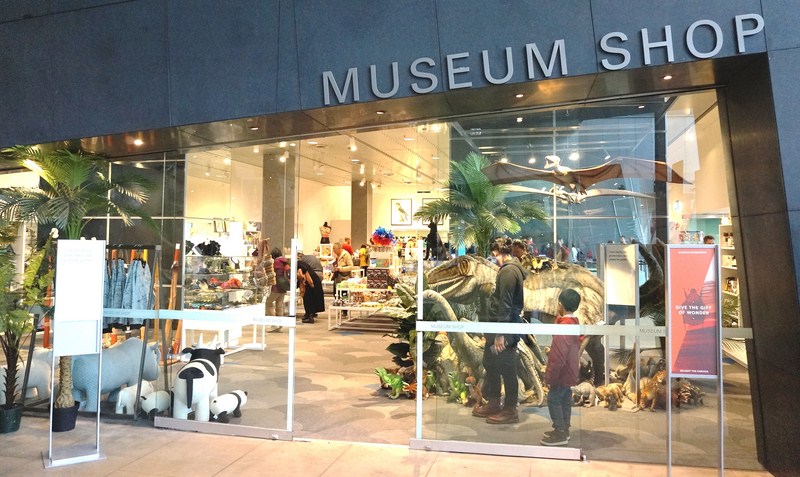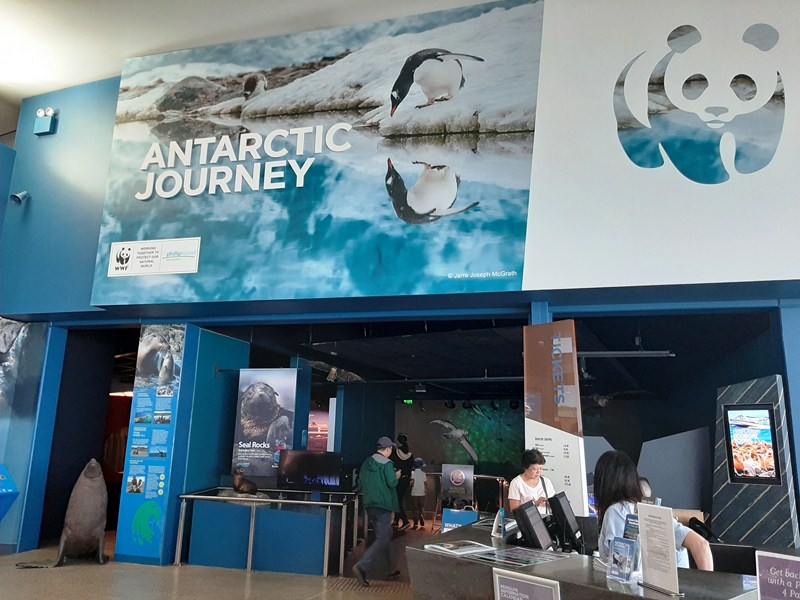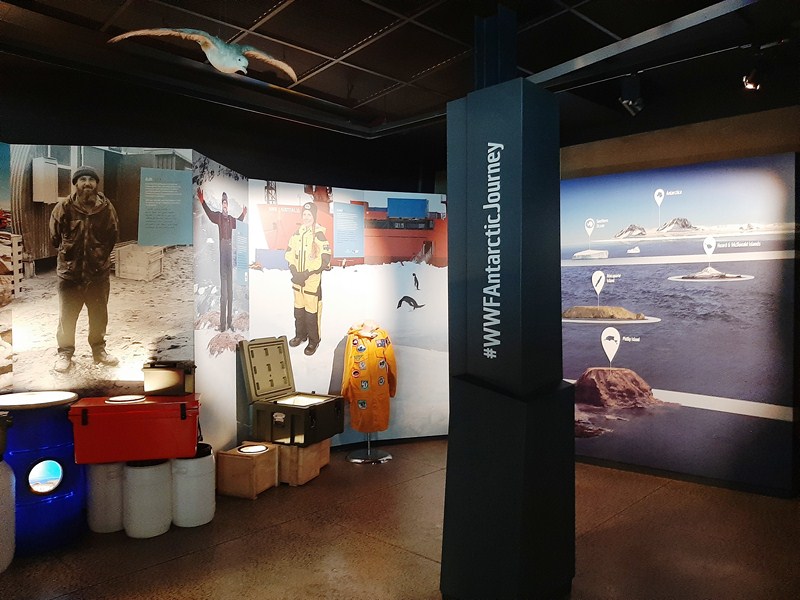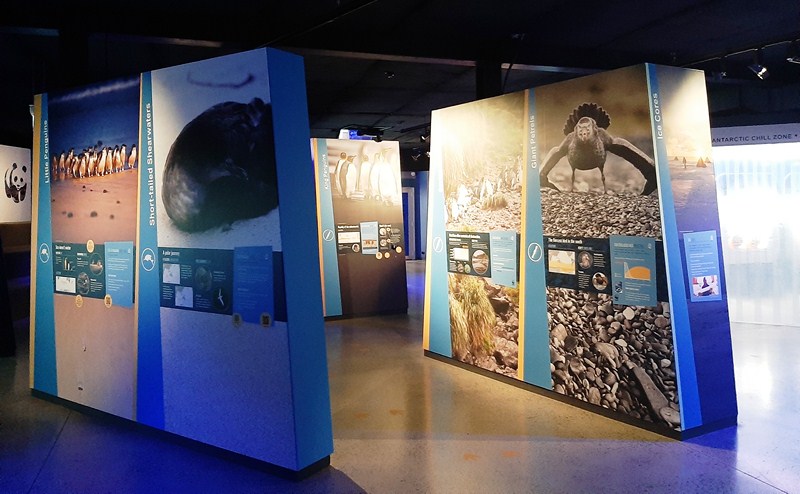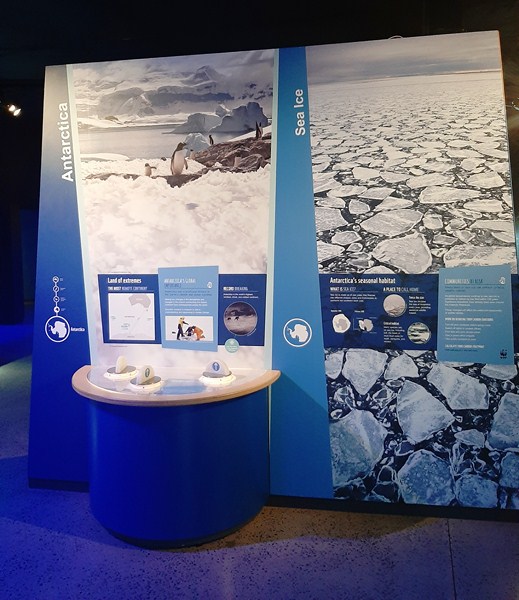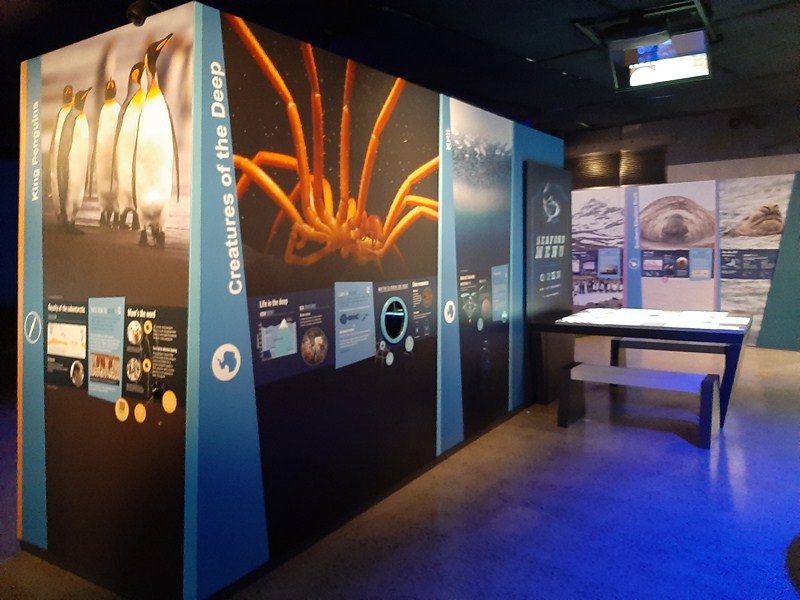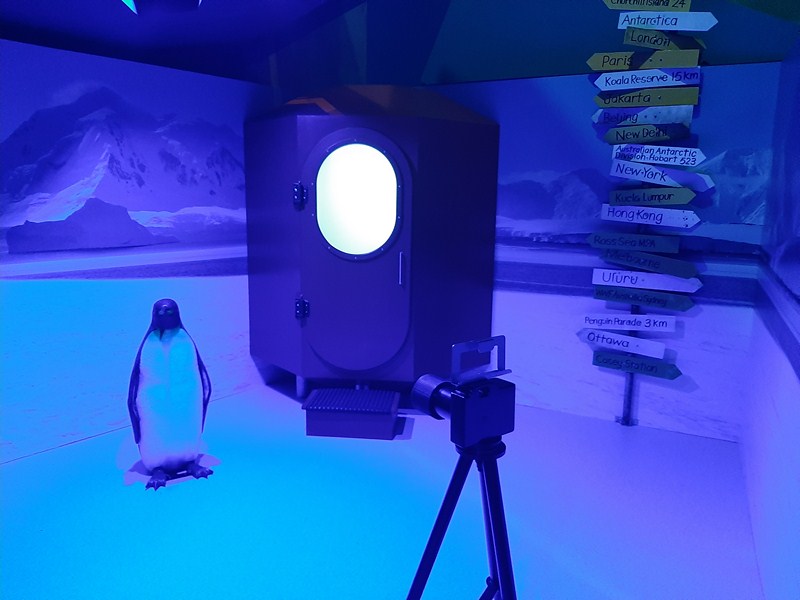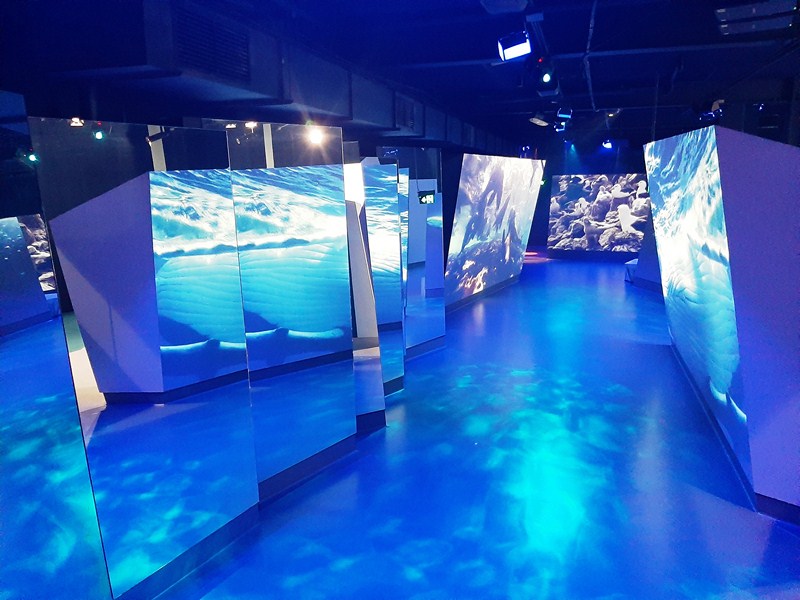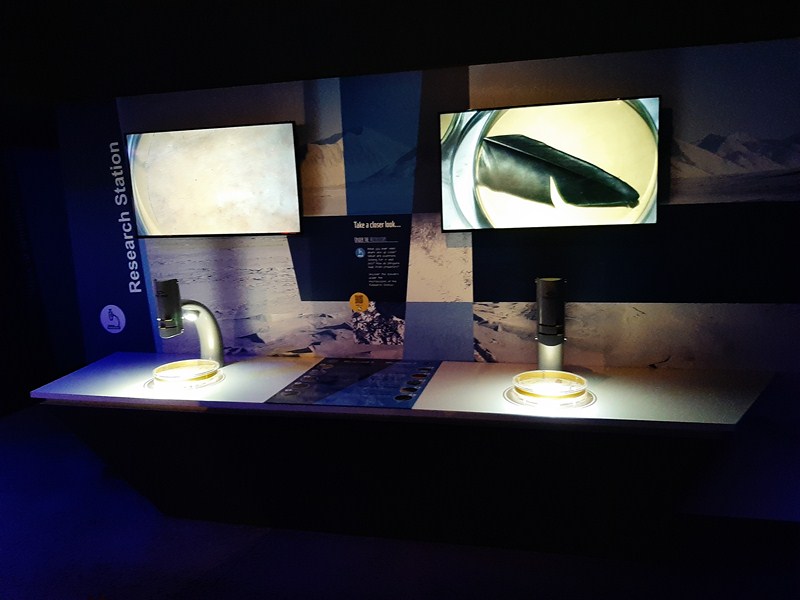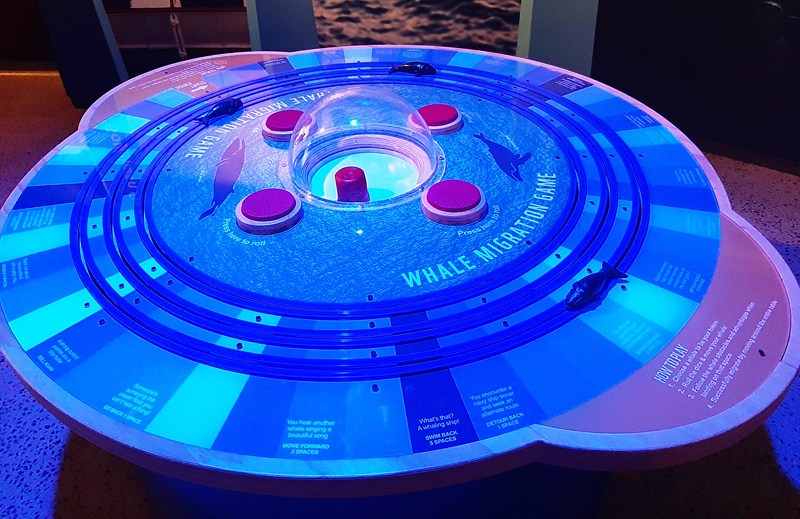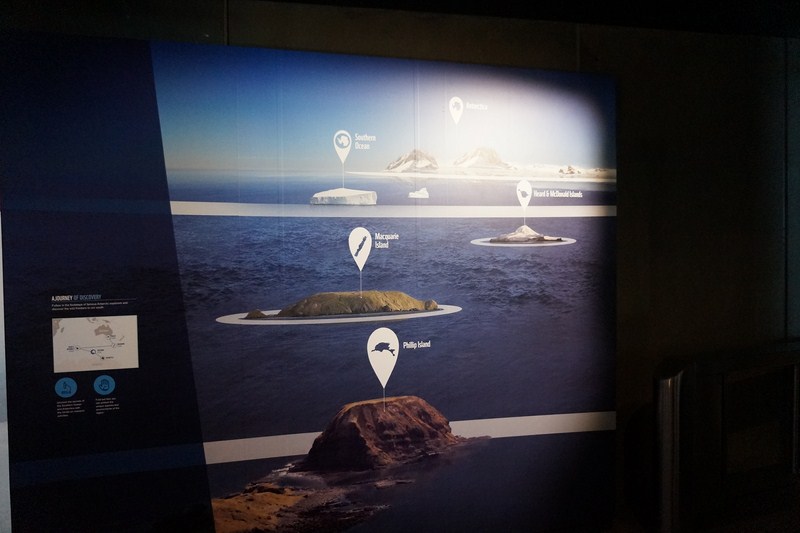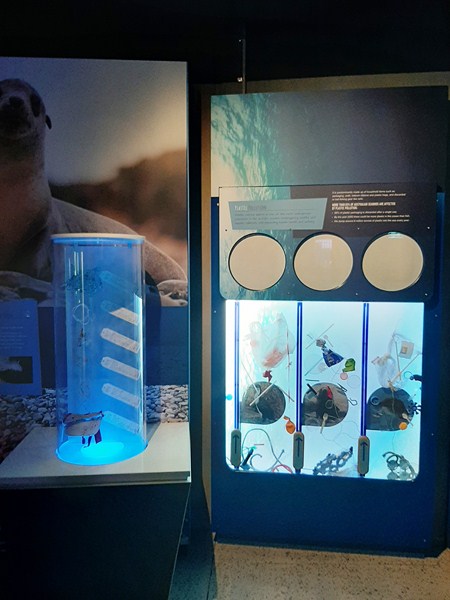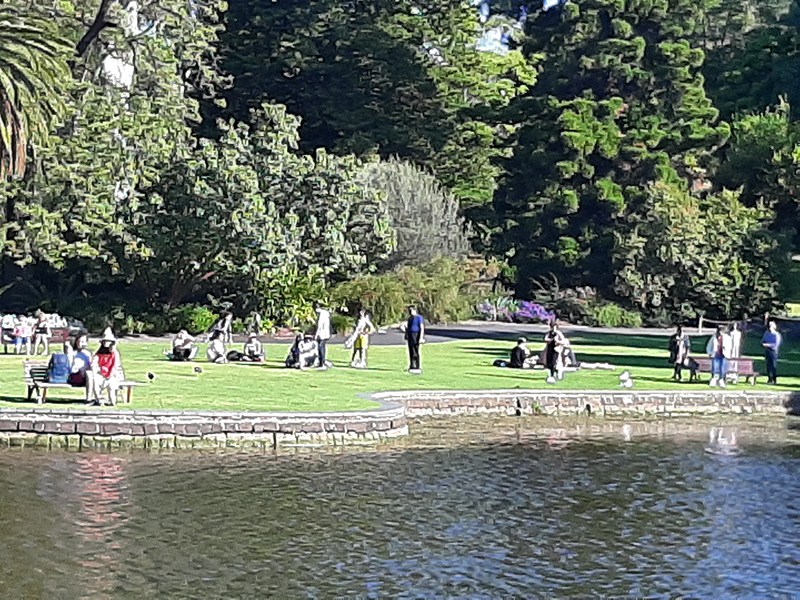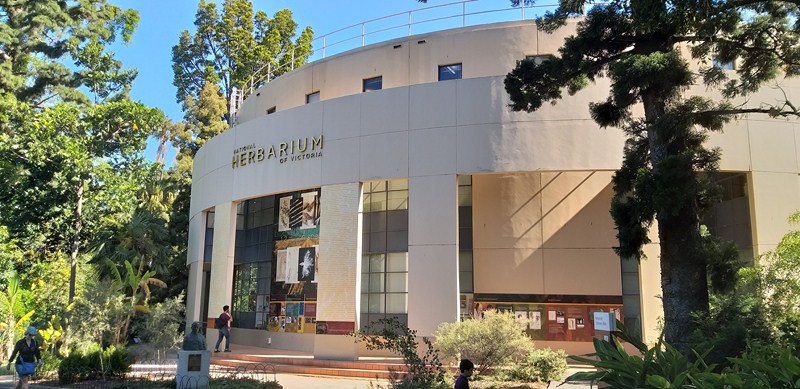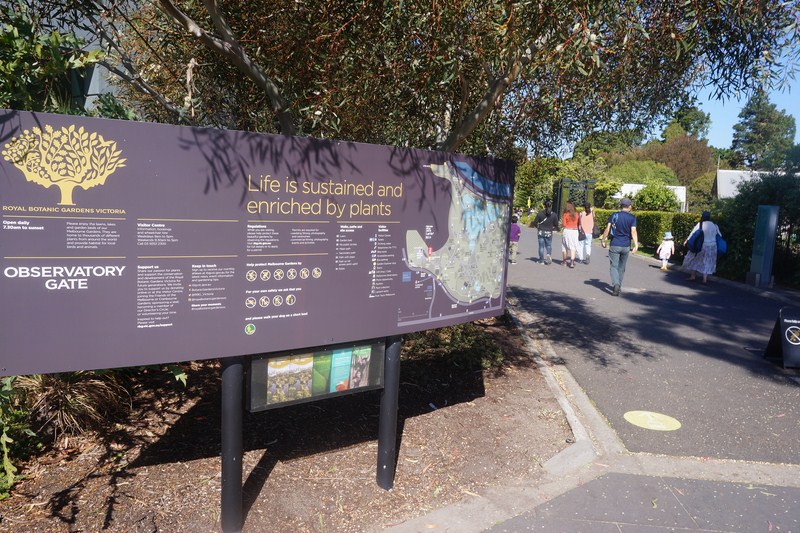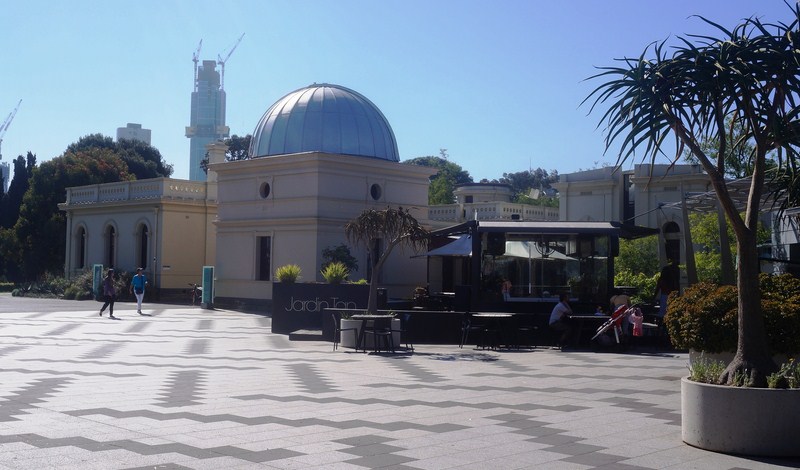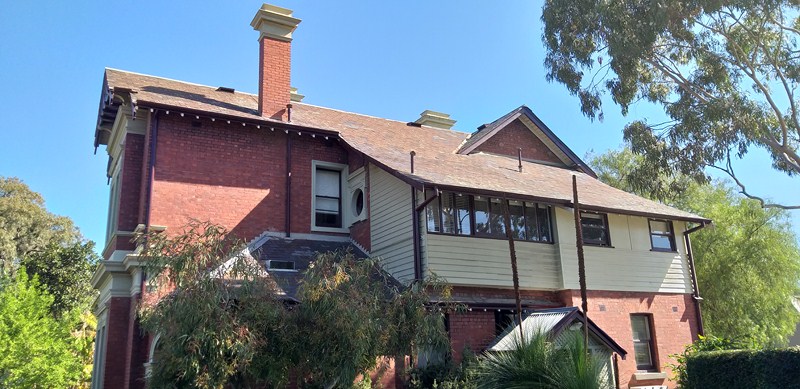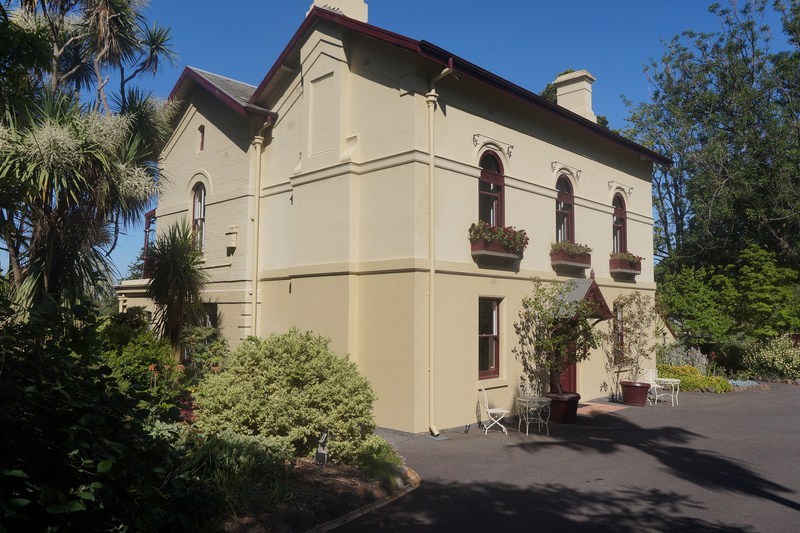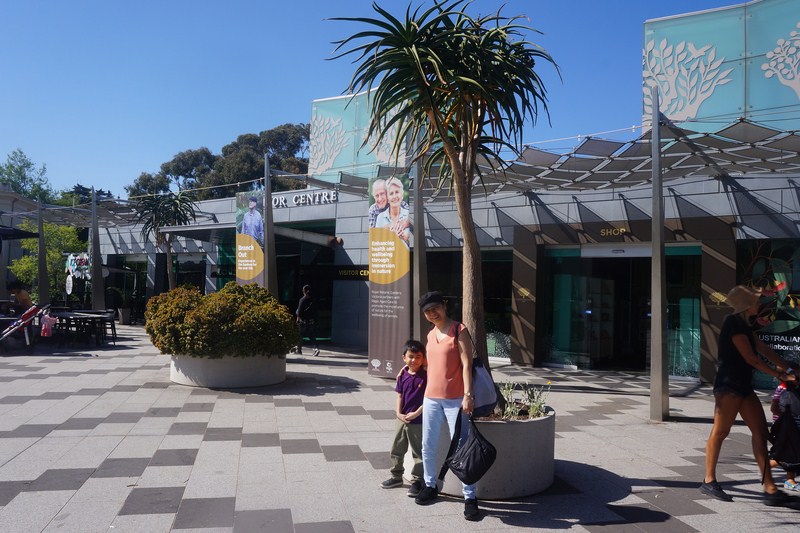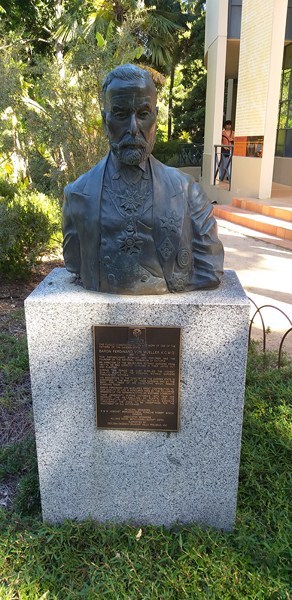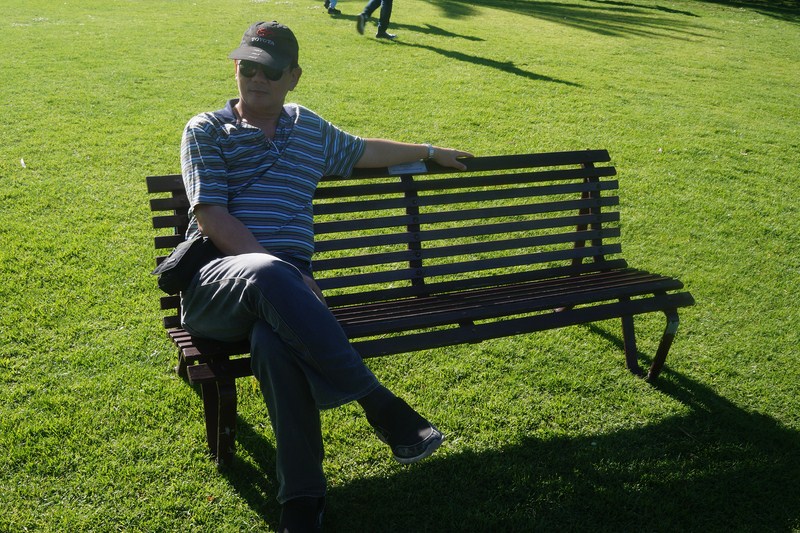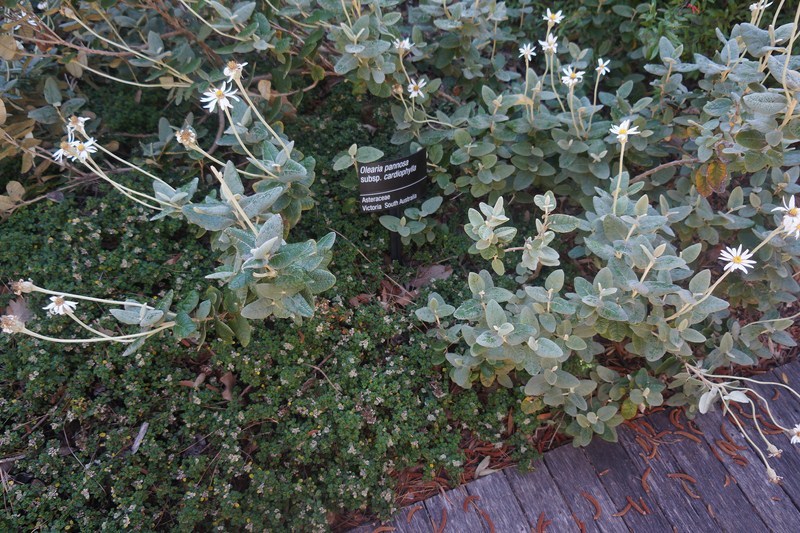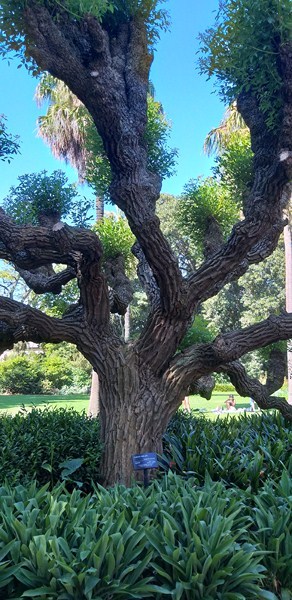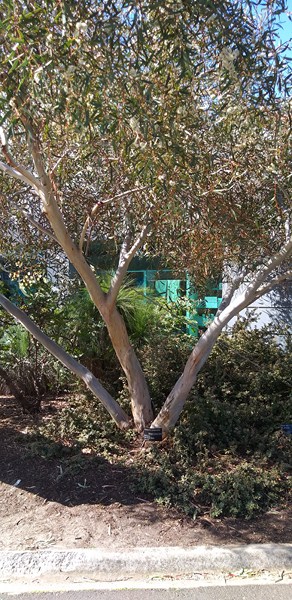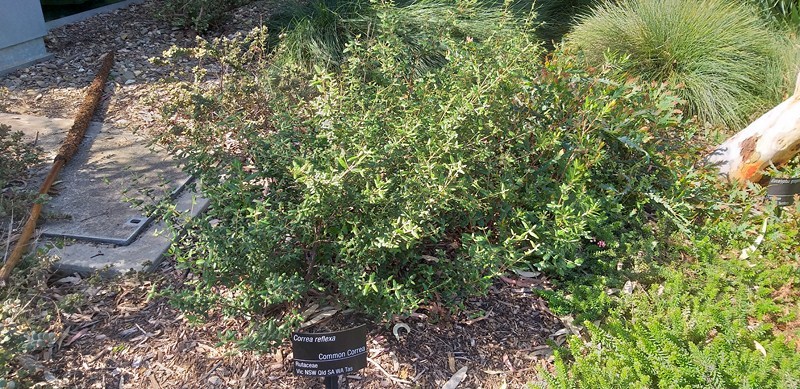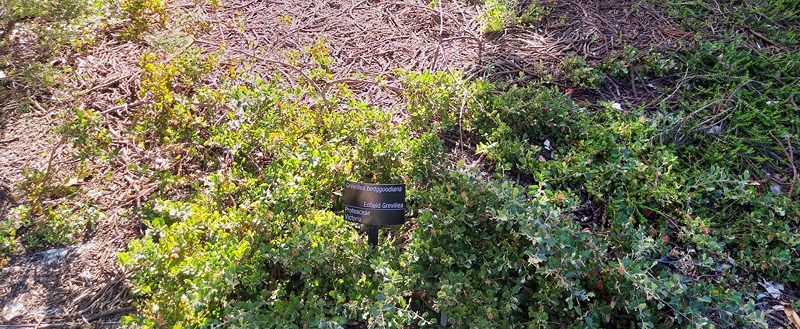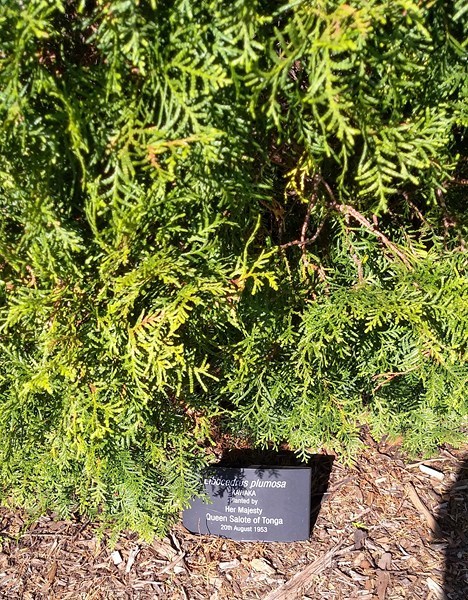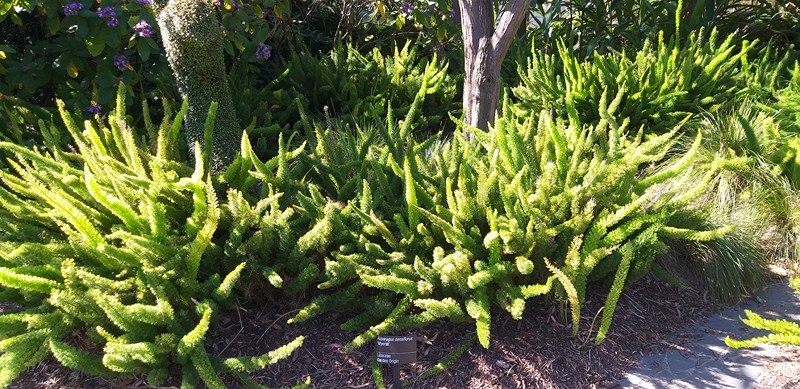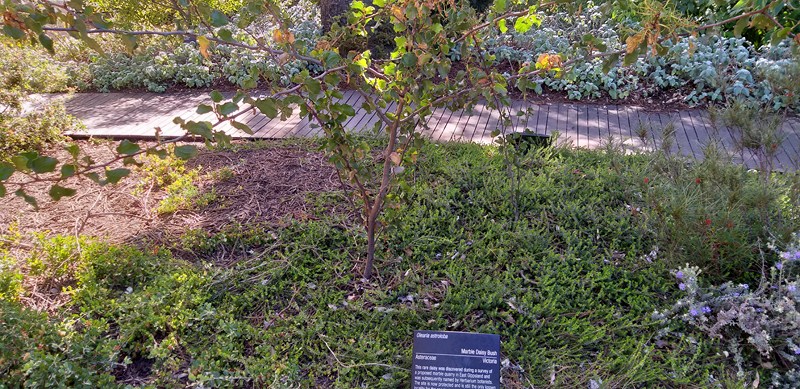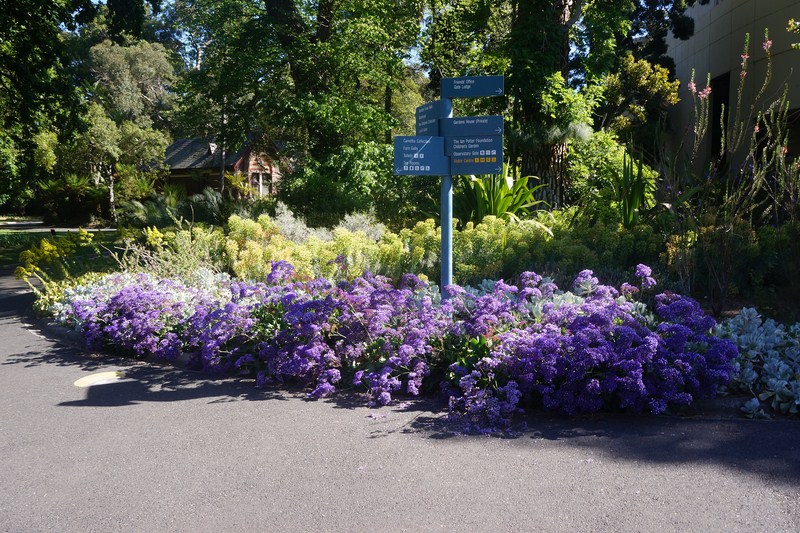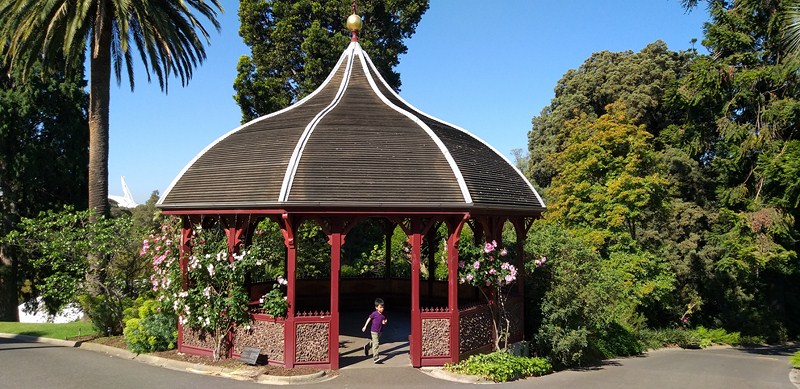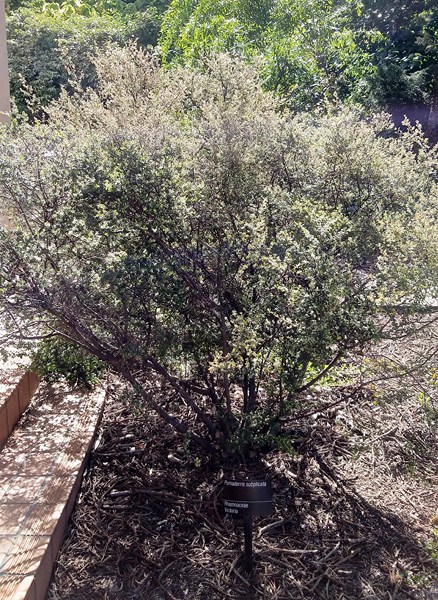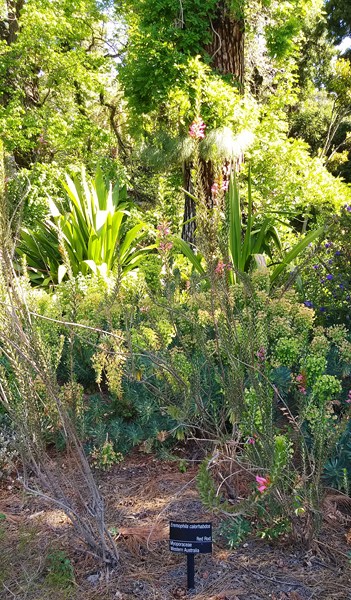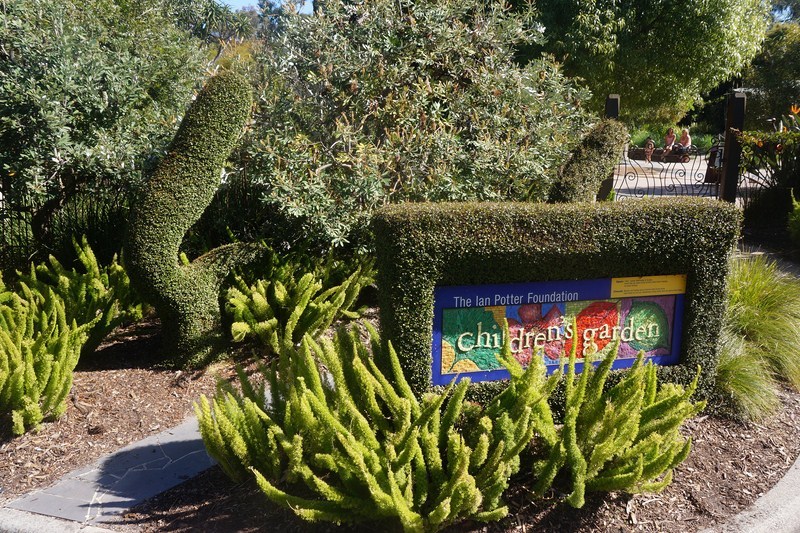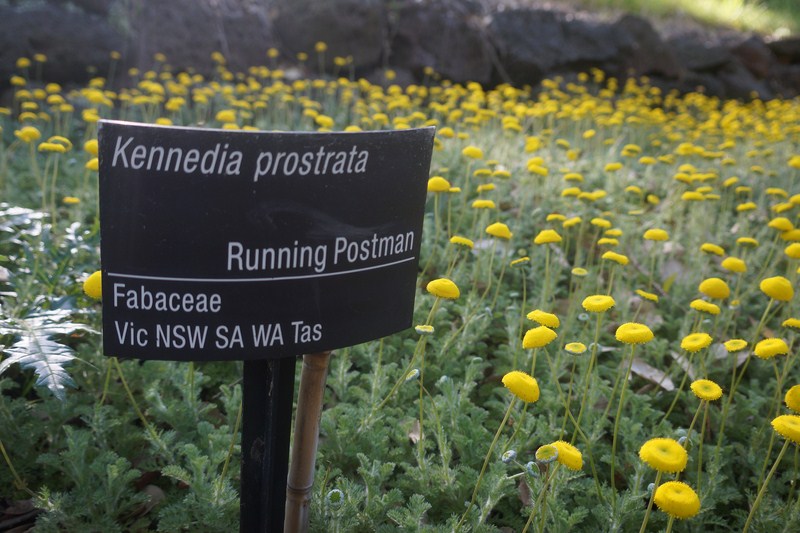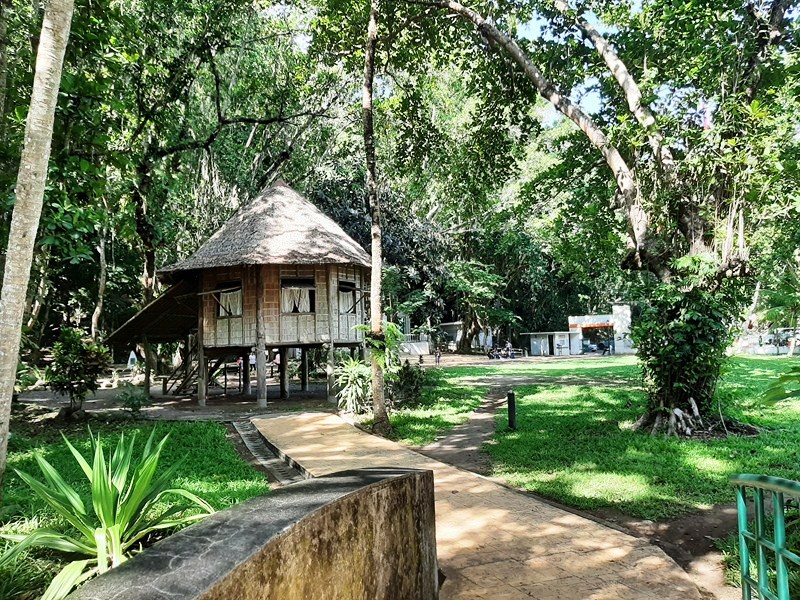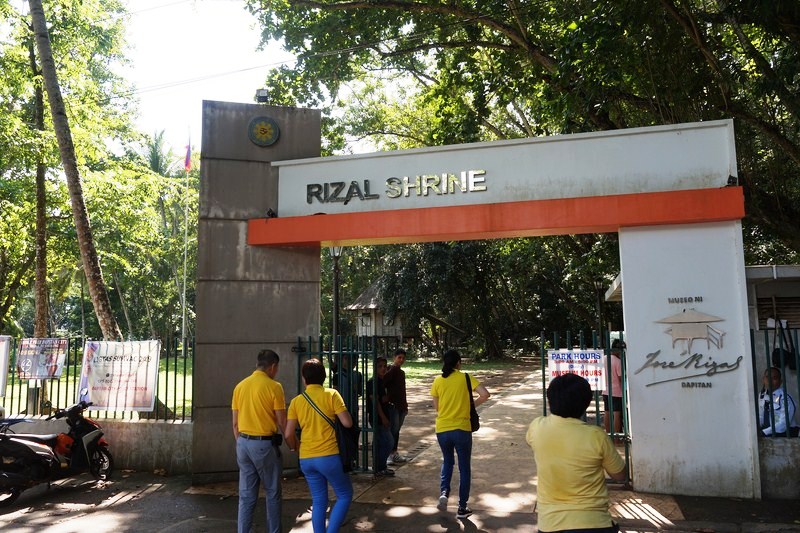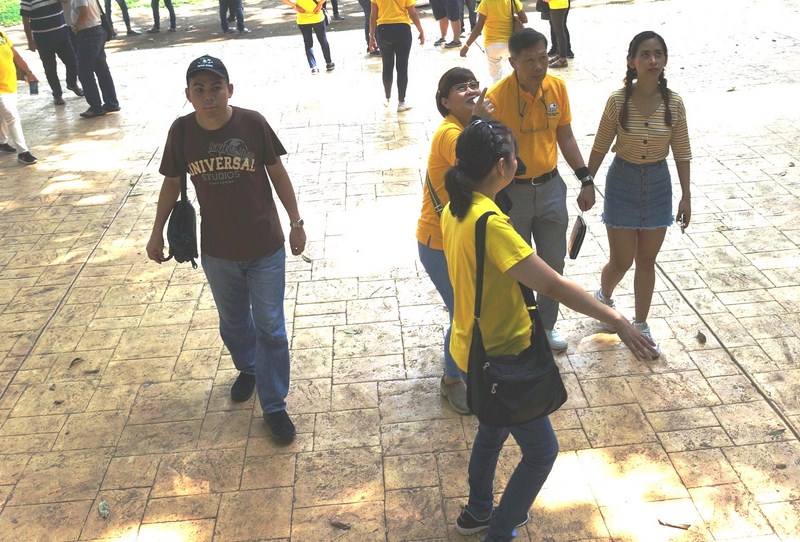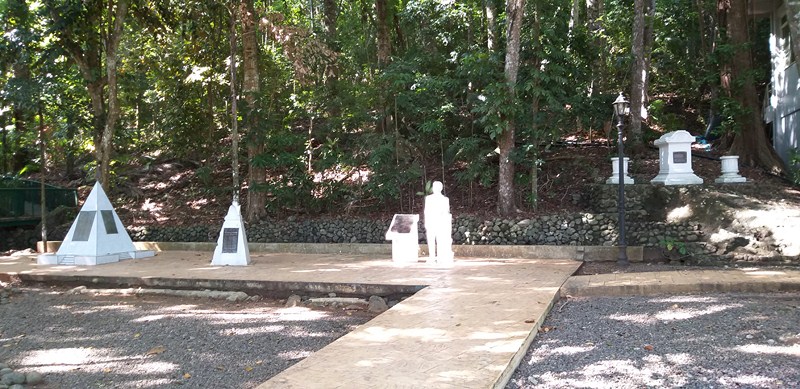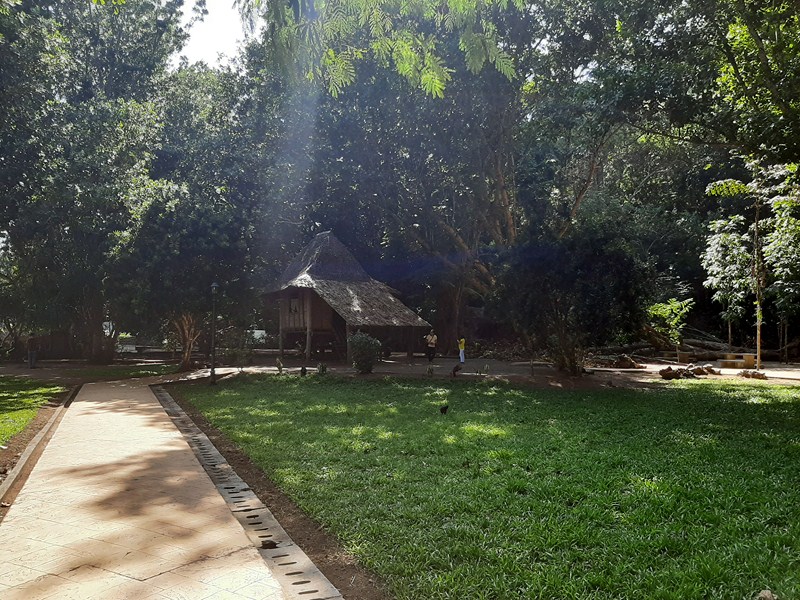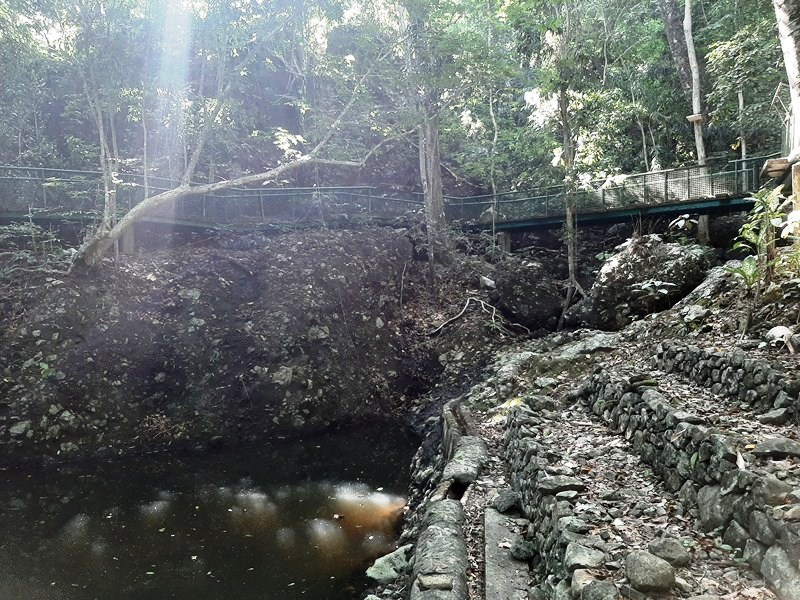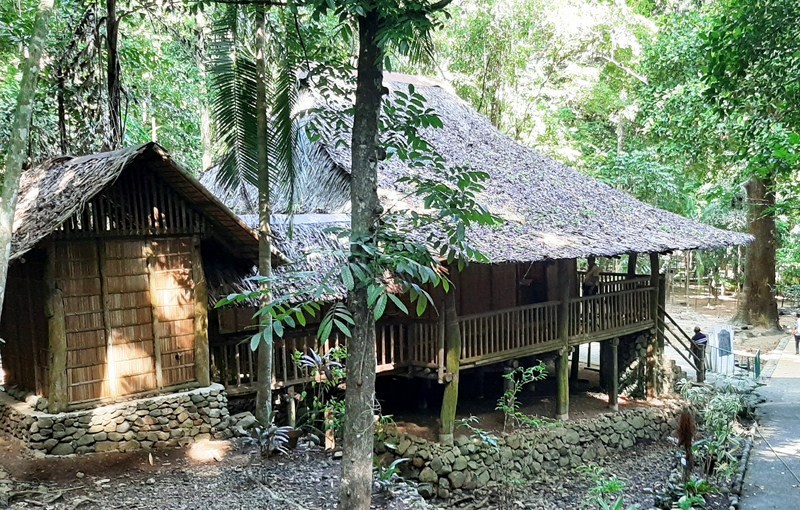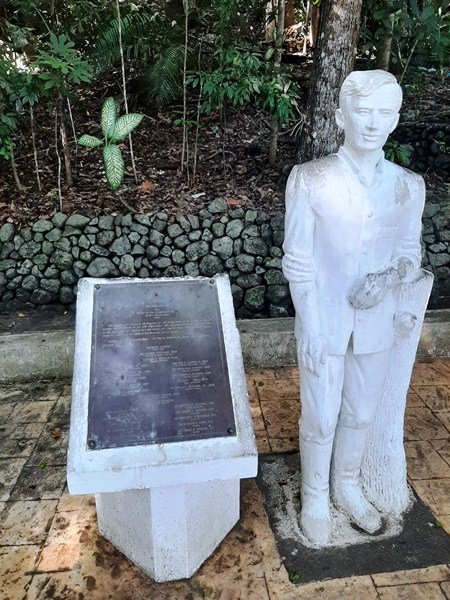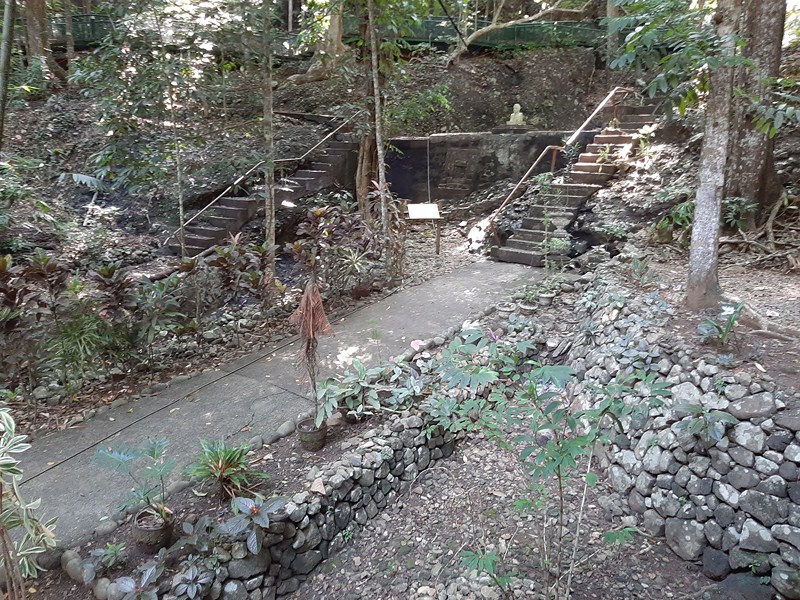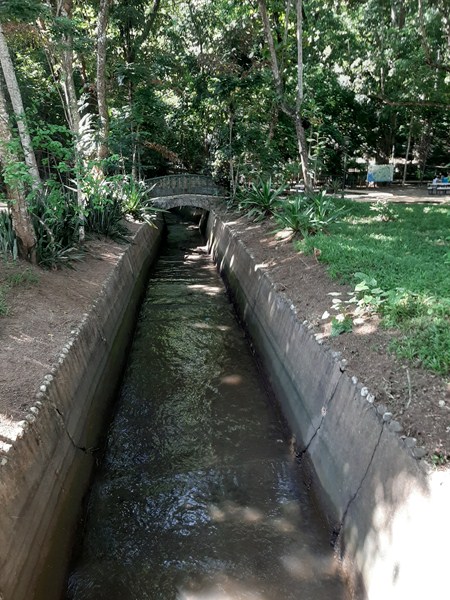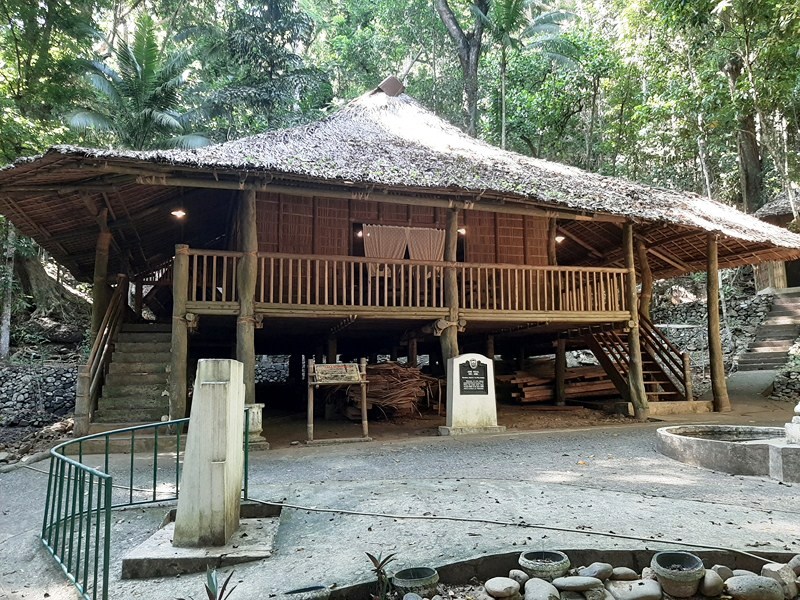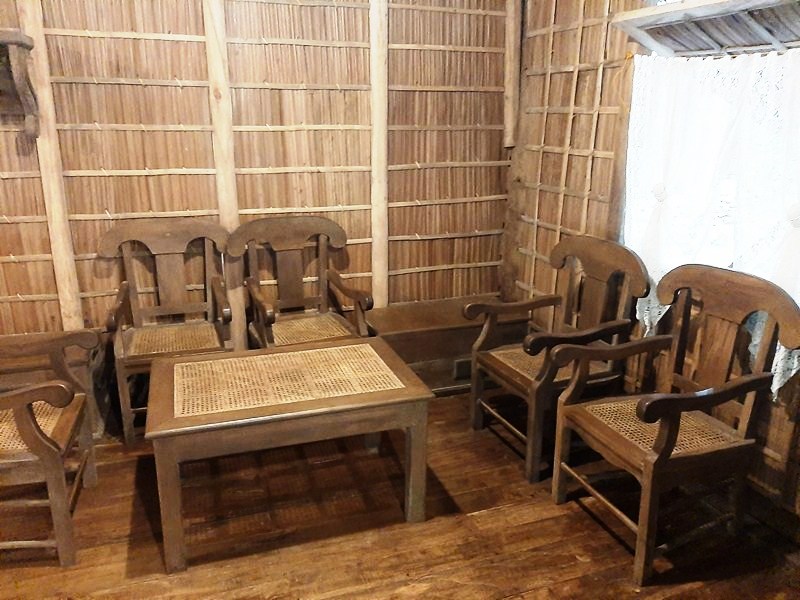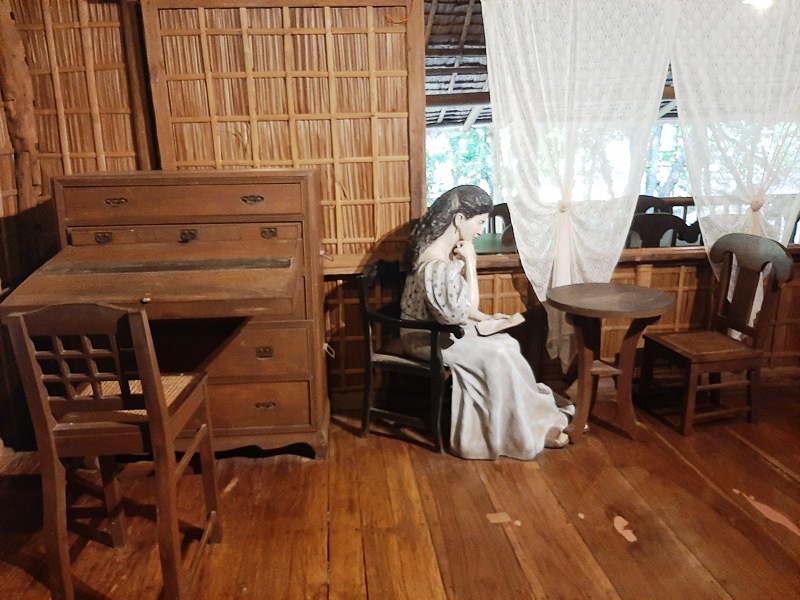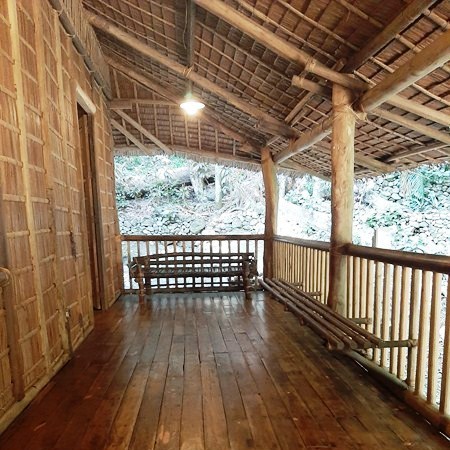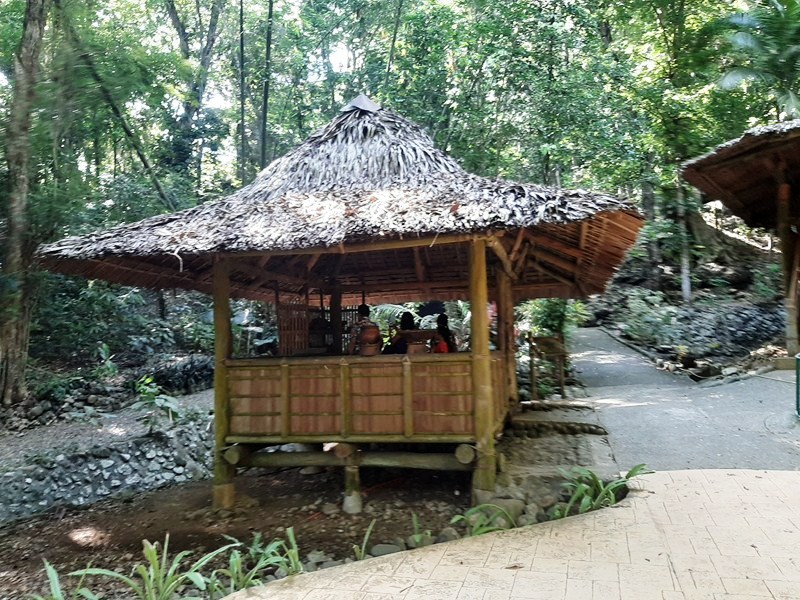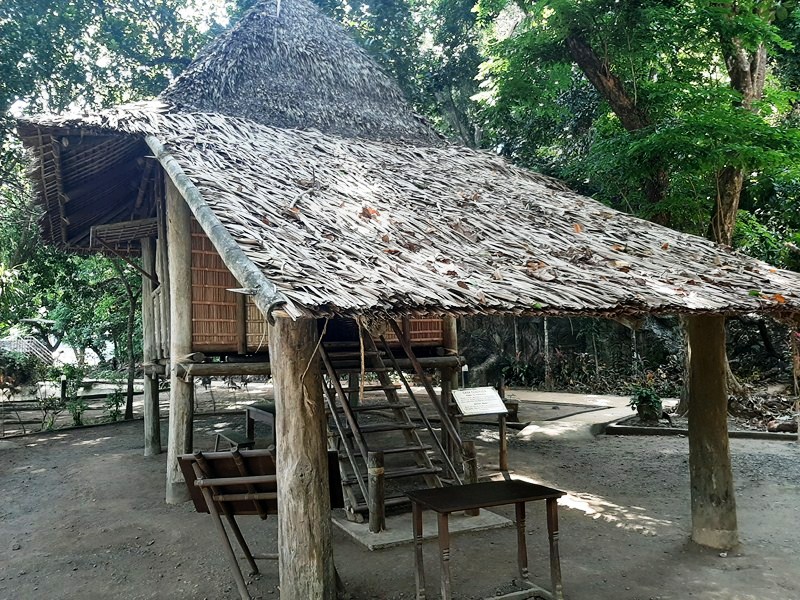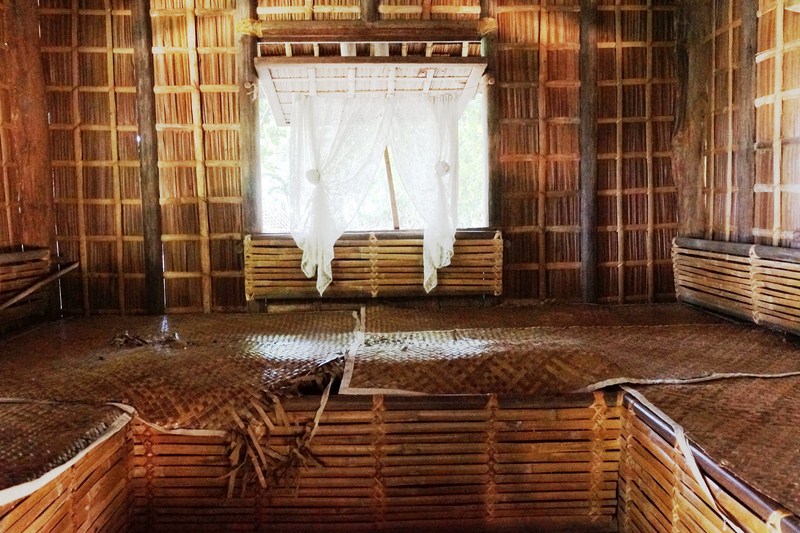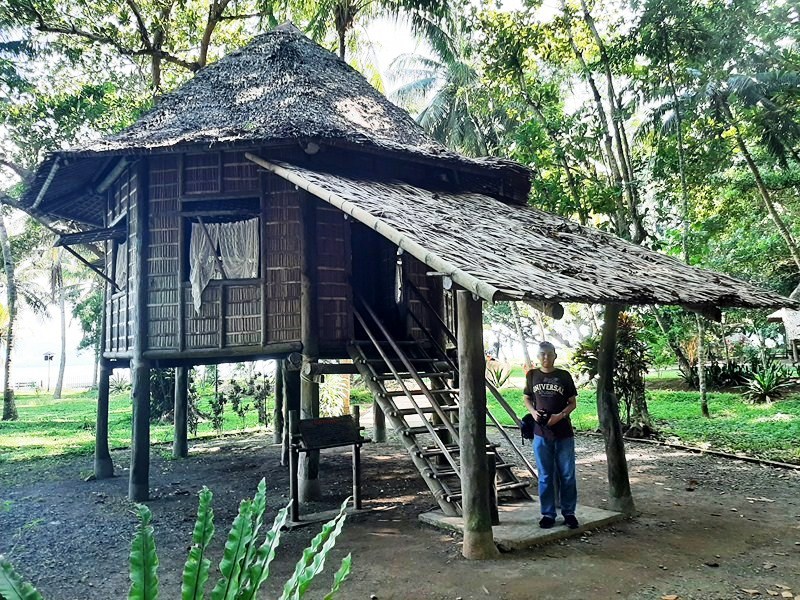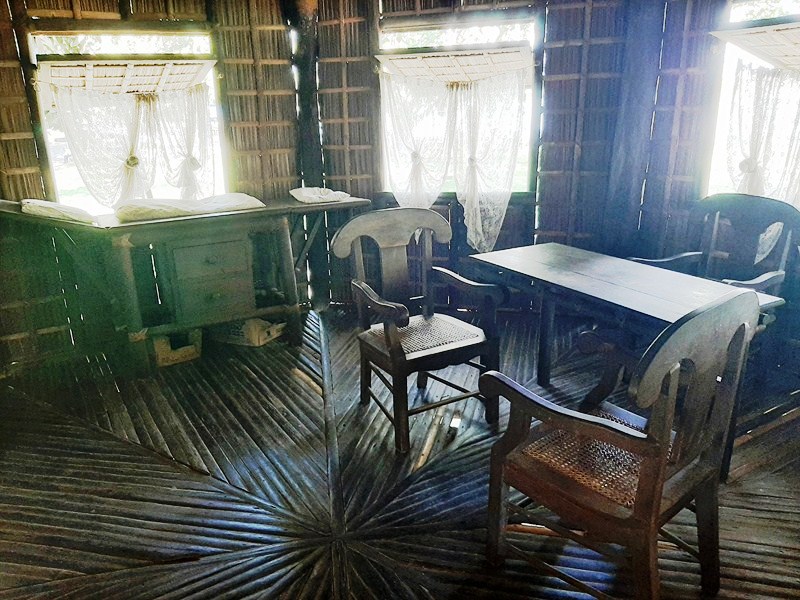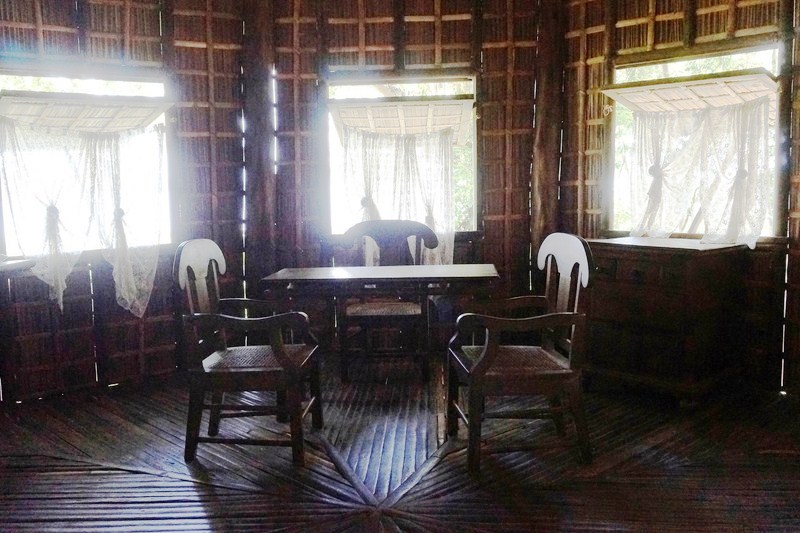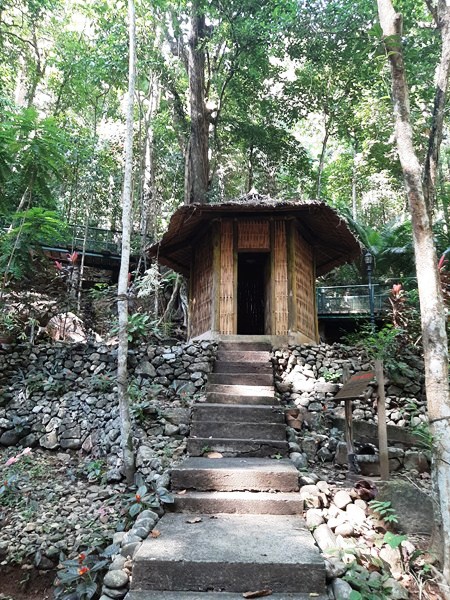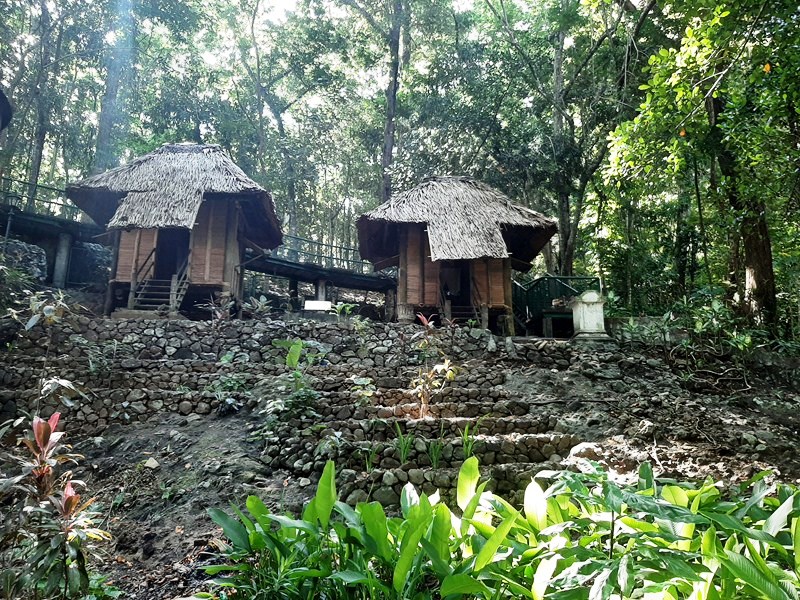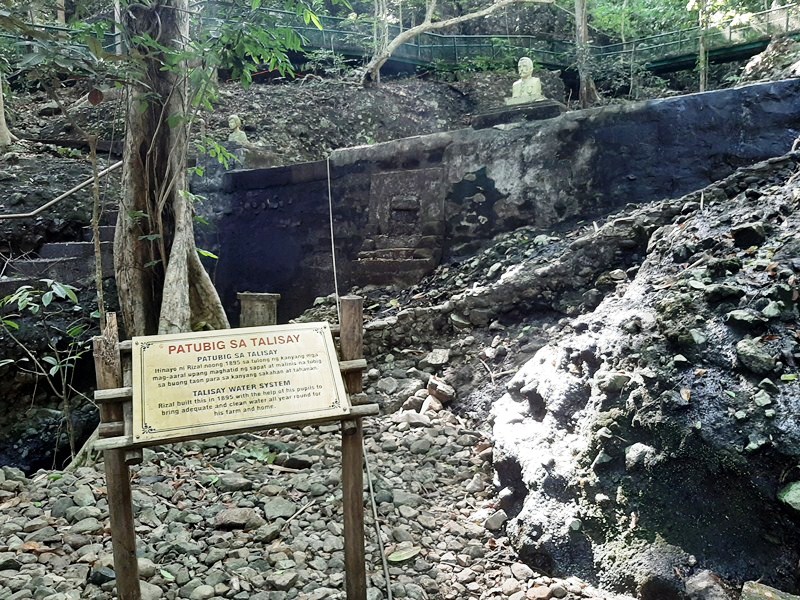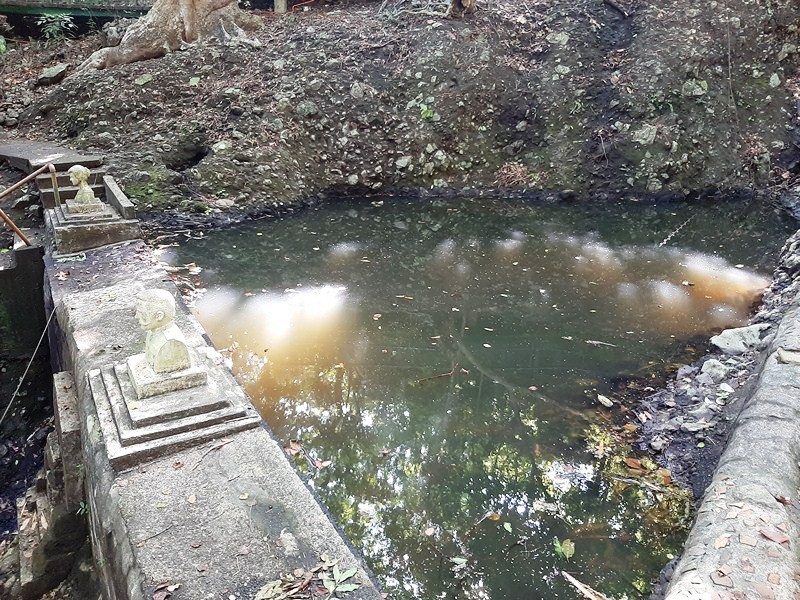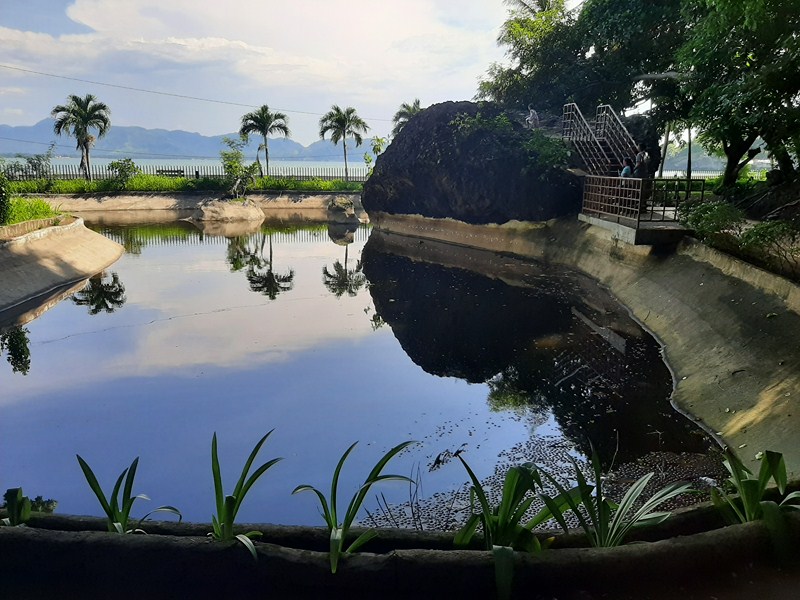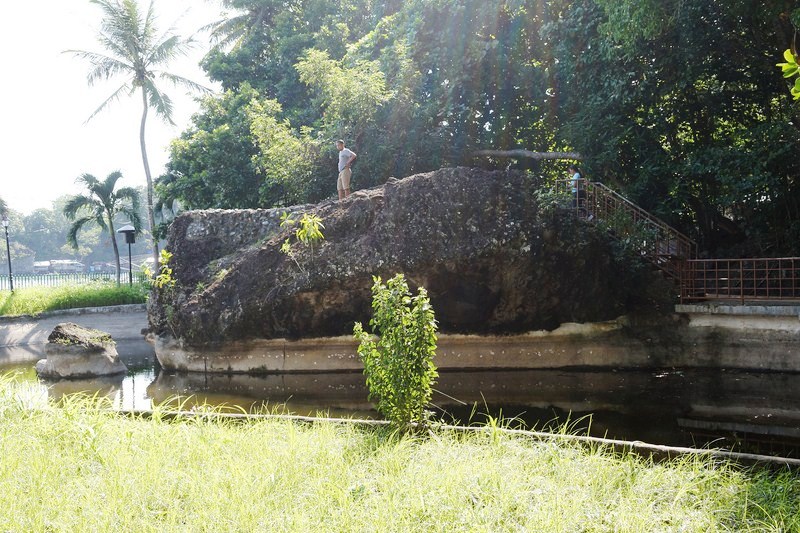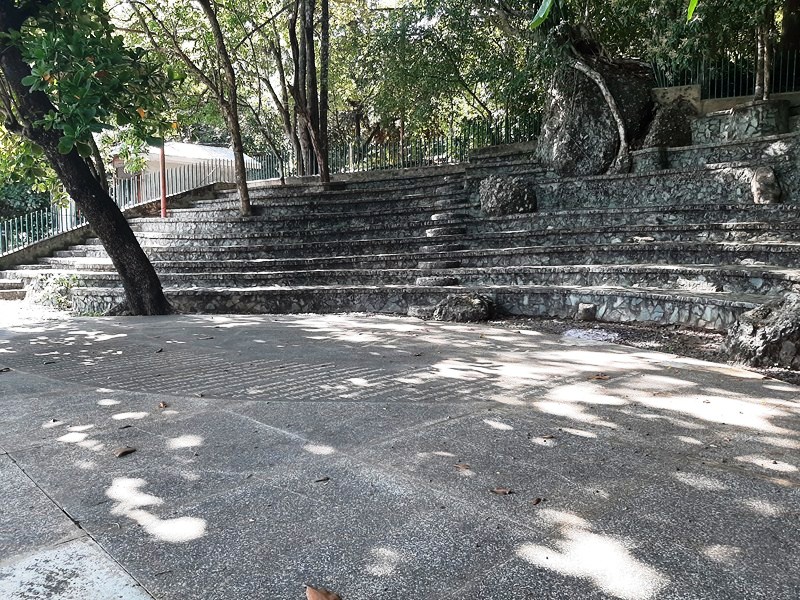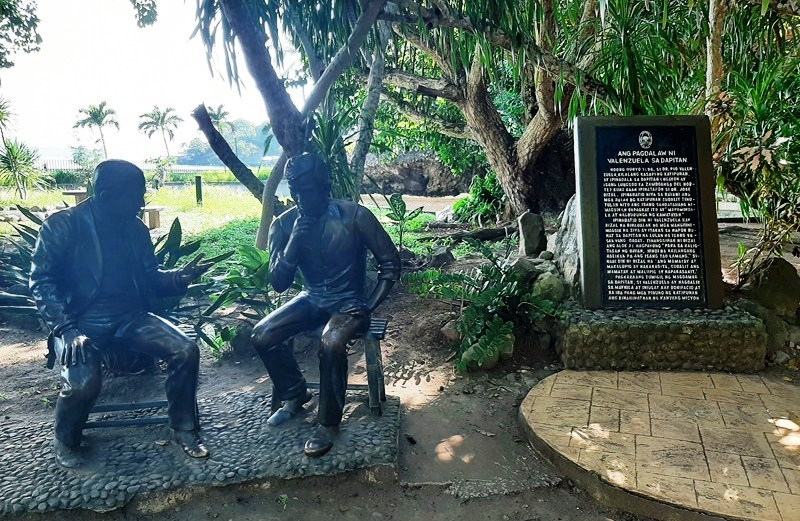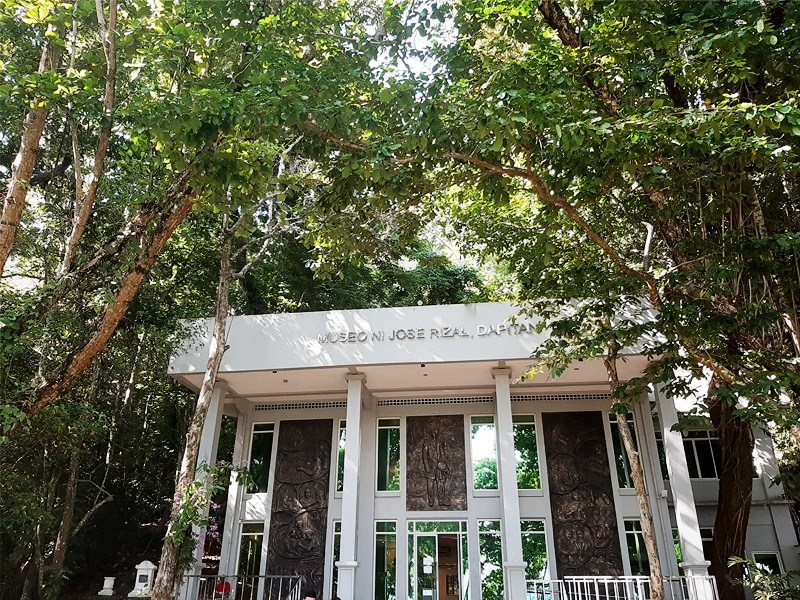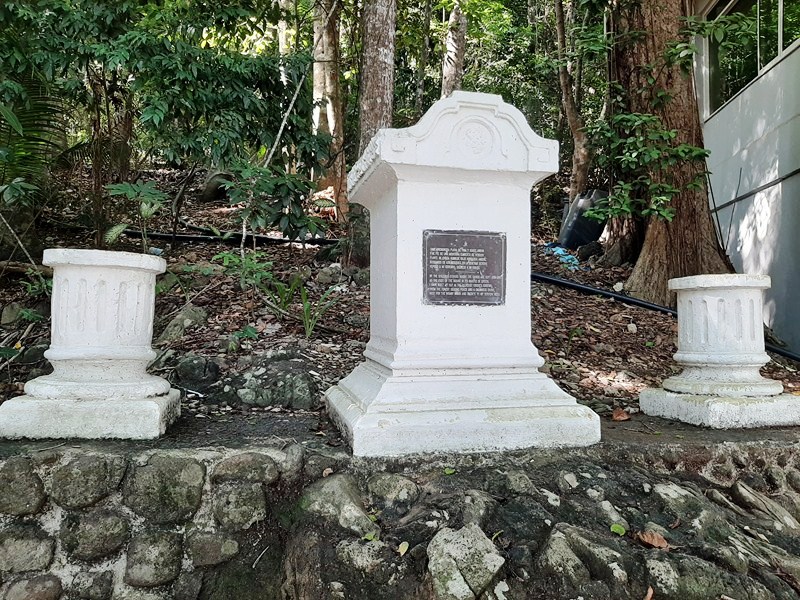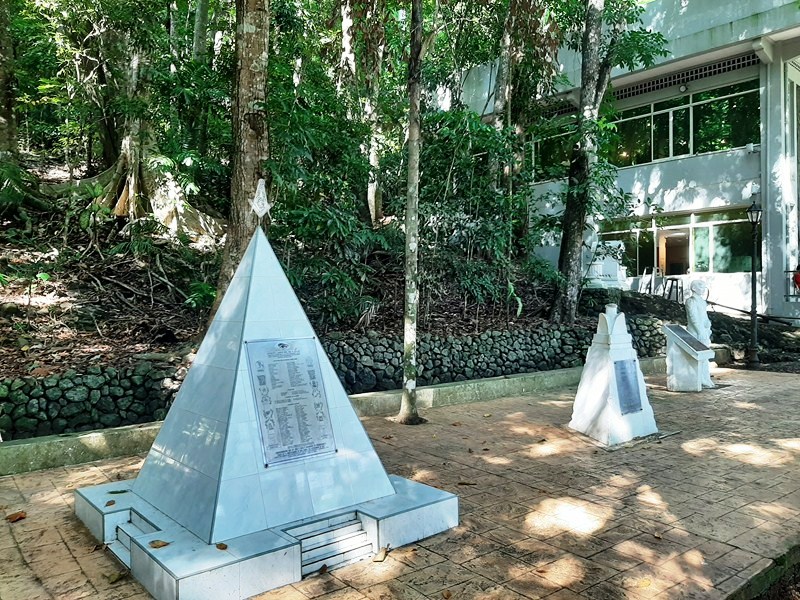Our Old Melbourne Gaol ticket – Crime and Justice Experience covered entry to two buildings – the Old Melbourne Gaol (Melbourne’s oldest prison) and the City Watch House. The two buildings are part of a precinct, the heart of crime, law and order in Melbourne since the 1840’s, that also includes the historic Magistrate’s Court (as it is part of the RMIT complex, it can only be visited during school holidays).
Check out “Old Melbourne Gaol“
The Watch House tour ran on a timetable (which vary and are not published, but usually starts every half hour from 10:30 AM) and, at the specified time, we left the Gaol and proceeded to the Watch House, opposite the Russell Street Police Station, for the “Watch House Experience.”
The former City Watch House, built in 1909, operated between 1913 until its closure in 1994. The city’s most notorious criminals such as bush ranger Ned Kelly, notorious 1920s gangster Leslie “Squizzy” Taylor, multiple murderer Julian Knight and underworld hitman Victor Peirce have spent time within its walls. On October 2007, together with the former Magistrates Court, it was opened as a museum and they have been combined as the Old Melbourne Gaol Crime and Justice Experience.
The Watch House has, for almost a century, operated as Melbourne’s central custody center or “holding place” where felons were brought to face justice, whether arrested in the streets of Melbourne for minor misdemeanors or being brought before the court for significant crimes. The Watch House tour delightfully takes us through the intake process in a fun recreation.
We all headed out back along Russell Street to now join a large 15 to 20-group of people now gathering together outside for the Watch House Experience.
Have you ever wondered what it would be like to be arrested? Our Watch House Experience, a 30 to 40-min. interactive experience like no other, gave us an opportunity to explore this confronting place and its people from different perspectives, through role-play, multi-media interpretation and self-exploration. The Watch House was to be our first step into the criminal justice system. Here’s a narrative of our experience and the sharp and witty monologue we received:
The door of the Watch House soon opened, revealing the imposing figure of a stern looking lady “sergeant on duty,” her hands clasped behind her back and feet planted firmly on the floor. “Right you horrible bunch of criminals,” she snarled at us. “Welcome to your new home until the courts decide what to do with you, you miscreants, you scum of society, you lowest of the low. Follow me! Women to the left, men to the right.”
Shuffling in, with our backs pressed against the damp brick walls, we lined up shoulder to shoulder. Then our “sergeant on duty,” parading up and down in front of us, told us “No talking. No coughing. No laughing. No spitting. No burping. And absolutely no farting!” When you “upset” the sergeant, you might find your stay “unpleasant.”
We were then led up to the station desk and handed cards detailing the profiles of criminals (car thieves, robbers, people causing public disturbance, drug dealers, drunks, etc.), all based on real people, we had to “act” during processing as we reported our “crime.” We were then led along another corridor where we had to place our belongings on the floor and then stand, with our arms outstretched and our backs against the wall, all ready for inspection.
Again parading up and down in front of us, our sergeant again issued another command, marching us to the main cell block where “us prisoners” were divided into smaller groups and crammed and locked into dark, grim, cold, damp and mildew-covered cells, “for the night,” hoping that the guard will choose to let us out for good behavior. The cells were empty save from the original hard narrow benches lining the walls and, in one corner, an exposed stainless-steel toilet, just as they would have been in 1994 when they were last used. Only the smallest of windows gave us minimal light.
In these briefest of dark moments, we had enough opportunity to realize that this was not the kind of place anyone would choose to be in (imagine having to use the toilet in front of everyone). Some cells have tissues stuck to the ceiling (prisoners would hang burning twists of toilet paper because matches were banned), explicit drawings of women, graffiti (I Hate Coper C–ts) and political slogans (such as a drawing of an Aboriginal man in chains next to the words “Our Land, Your Law”). Thus, we were greatly relieved when we heard the sound of the key turning in the lock and opening our cell door.
Once out, we were then moved to the men’s exercise yard. This small concrete enclosure, with strips of light only coming from metal ceiling grills, also had a single toilet in the corner, with a small wall on one side to preserve any remaining modesty, plus a row of three equally exposed shower heads attached to the wall.
After this role play, we self guided ourselves through the watch house, taking in sound points and multi-media imagery that was educational and informative. In every respect, the Watch House’s original Minimalist interior hasn’t changed in the 20 years since they were last used, the 25 cells and exercise yard being mostly left as they were. Truly, it was a unique encounter with the justice system but was also good fun.
At the end of the tour, we took, free of charge, mug shots of ourselves holding a board with a prisoner number on. At a mocked-up cell, you can have professional photos taken and have it available for purchase at the exit. We then walked through the court yard towards the main building.
City Watch House: 345 – 355 Russell St., Melbourne (Map). Tel: 03 8663 7228. Admission: $28 (adults), $23 (concession), $15 (children, 5-15 years), $65 (family, 2 adults + 2 children), $48 (1 adult ++ 2 children) and $5 (extra child on family tickets). *Parents note – adult themes can be confronting for children.

